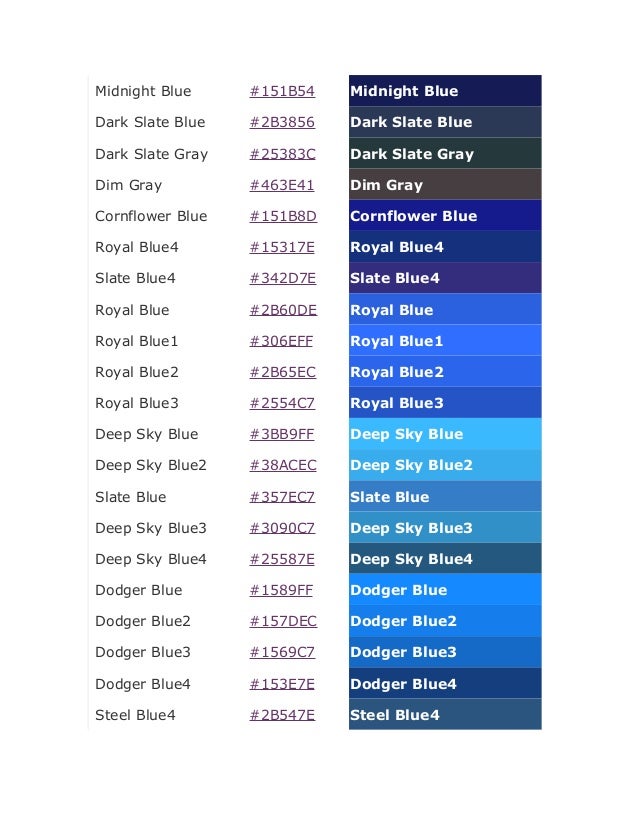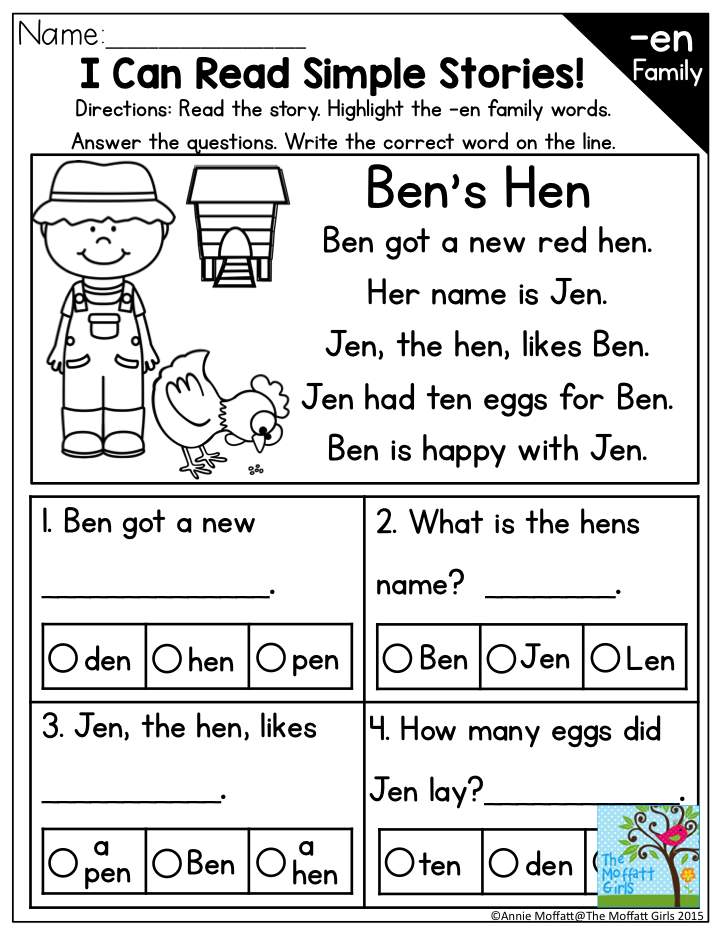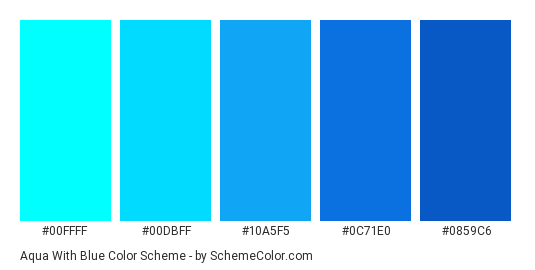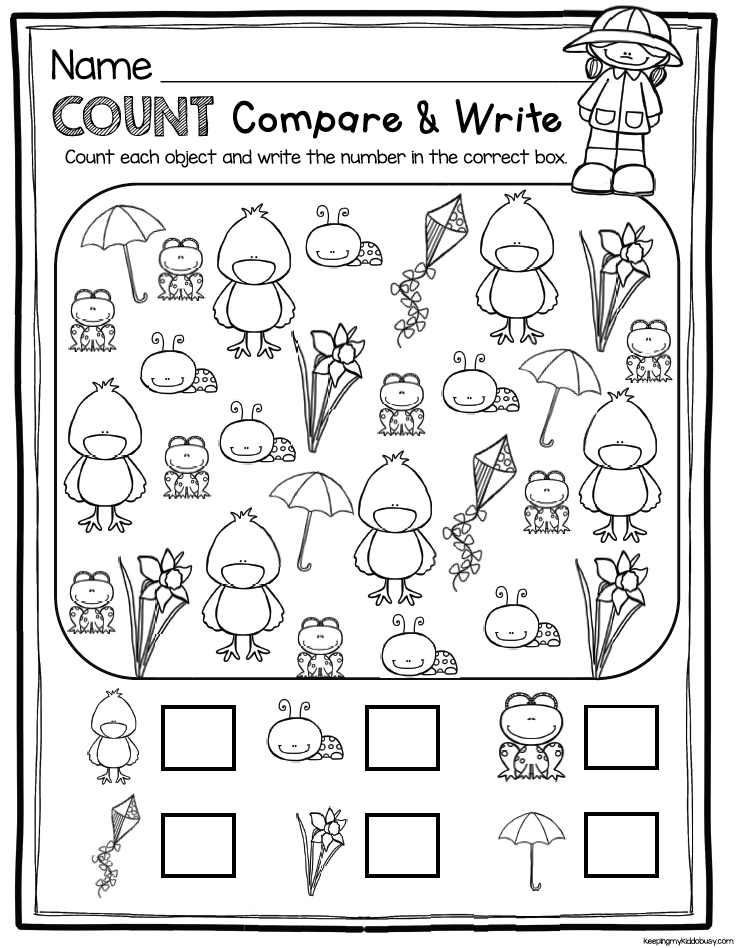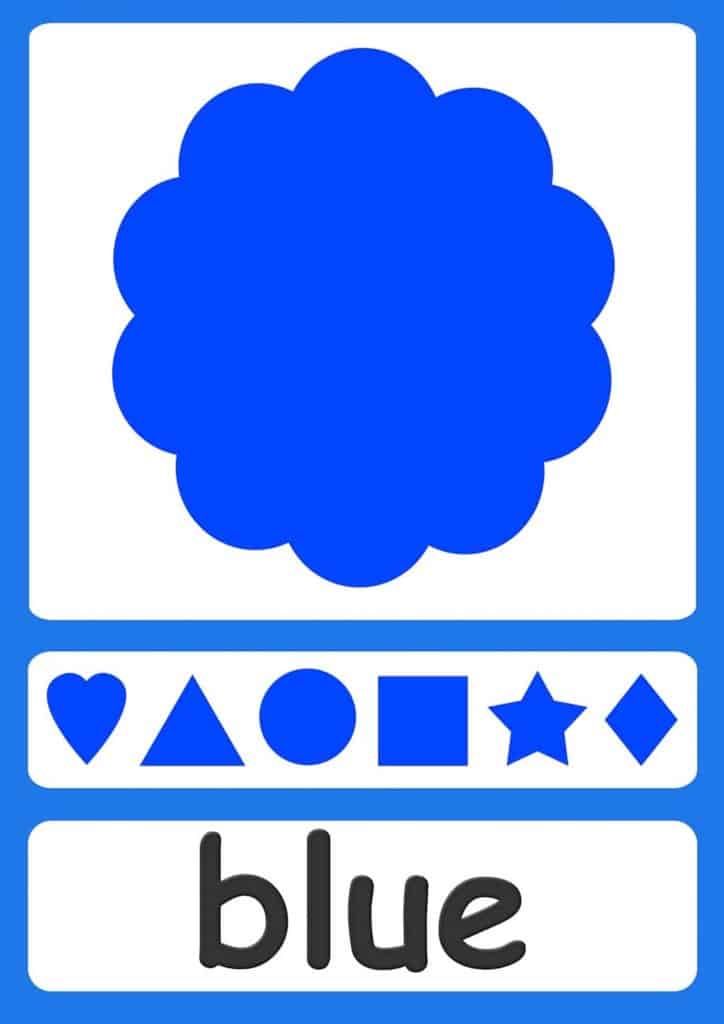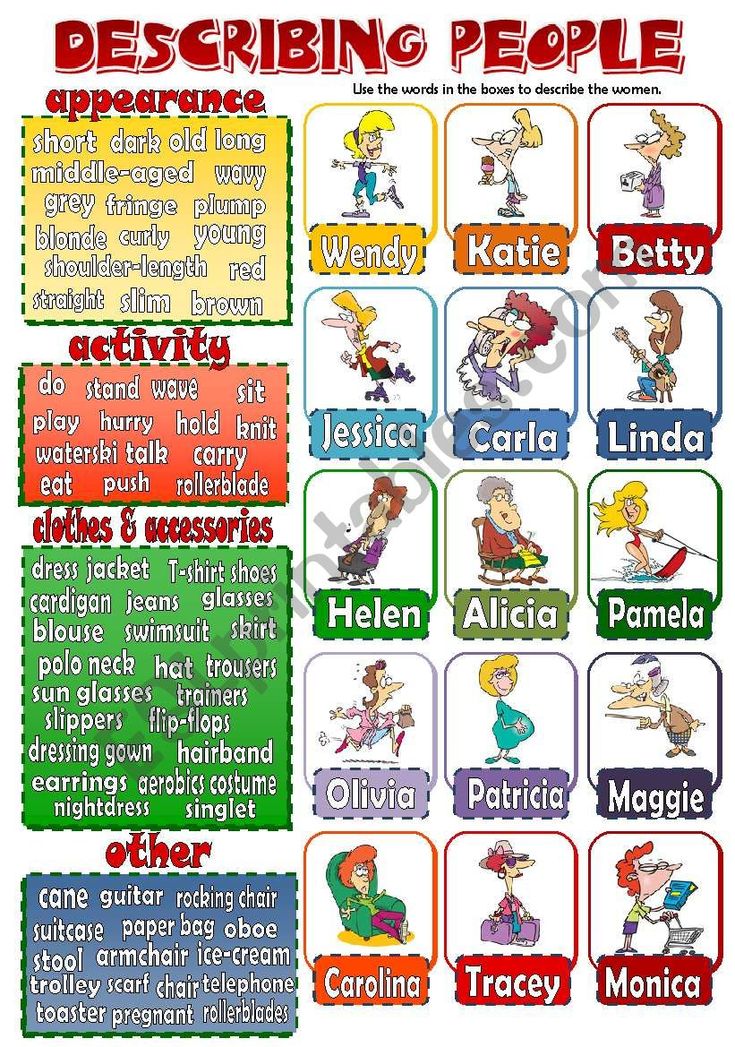Colors list for kids
The Learners Nook
Colors are some of the first things we teach the new students at school when they first start. It was always a fun and memorable time. Colors are something children already inherently know about, so teaching them the name of their favorite color in English can be a great experience to share with them. Kids love to tell you about themselves, and this can be one of the first opportunities they can do this in English.
As well, some of the most basic English words we learn as children have to do with colors. Our list of colors in English can help you introduce your child to this important English vocabulary.
Kids love colors. They love to play with them and use them to express themselves creatively. Colors are also some of the first adjectives that your child will learn in English. Adjectives are an important part of basic English grammar. Learning the basics of adjectives will help your child become fluent in English.
In this article, we are going to give you the tools to teach your child about colors and adjectives in English. This will include a list of colors in English, grammar explanations, color flashcards, game ideas, target sentences, and more.
Want some tips on how to learn vocabulary effectively, take a look at our post that can help you make the most out of your vocabulary study time.
We have done our best to give you all of the tools and knowledge you will need to teach your child our whole list of colors in English. But if you still have questions, please write us a message by commenting on this post or clicking on the image below.
Our List of Colors in EnglishTo start, let’s take a look at our list of colors in English. Obviously, there are lots and lots of specific color names in English, but today we are just going to focus on the basics.
For each color on our list, we will include an image, a name, and an audio file to show you how to say this word in an American accent. We will also include a basic sentence for you to see how this color vocabulary is used.
What is red?
An apple is red.
YellowWhat is yellow?
A banana is yellow.
BlueWhat is blue?
The sea is blue.
GreenWhat is green?
A snake is green.
PurpleWhat is purple?
Grapes are purple.
OrangeWhat is orange?
An orange is orange.
PinkWhat is pink?
A flower is pink.
BrownWhat is brown?
Wood is brown.
GoldWhat is gold?
A ring is gold.
SilverWhat is silver?
Metal is silver.
BlackWhat is black?
The night is black.
GrayWhat is gray?
A whale is gray.
WhiteWhat is white?
Snow is white.
Color FlashcardsColor flashcards are a great way for you to help your child learn our list of colors in English.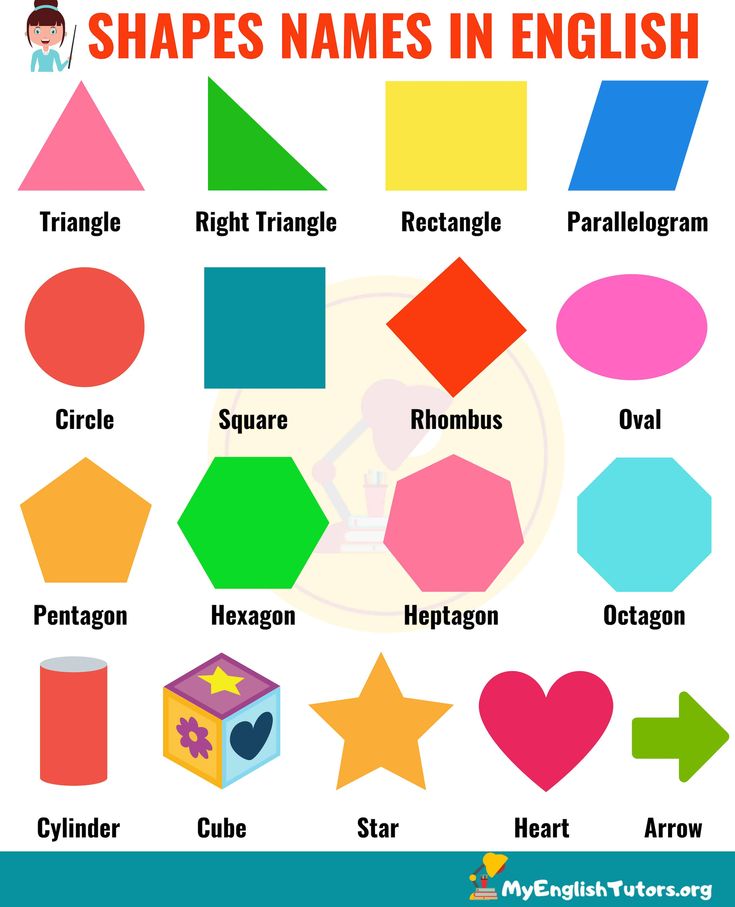 We have paired each color with some basic English words so your child can practice words they already know with their new color vocabulary.
We have paired each color with some basic English words so your child can practice words they already know with their new color vocabulary.
Try to make sure that these color flashcards are used in fun activities and not boring memorization drills. Children are far more likely to learn when they are engaged and having fun. Use these as tools to play games with, not as a study torture tool for your child.
To download our color flashcards click here or on the image below.
Warm-Up QuestionsWhen getting your children to think about colors in English, it can help to warm them up a bit. So here are some questions you can ask before you start teaching them. Think of this as a chance to see what they already know.
What is your favorite color?
My favorite color is ______.
My favorite color is green.
What colors do you like?
I like _____ and ______.
I like purple and orange.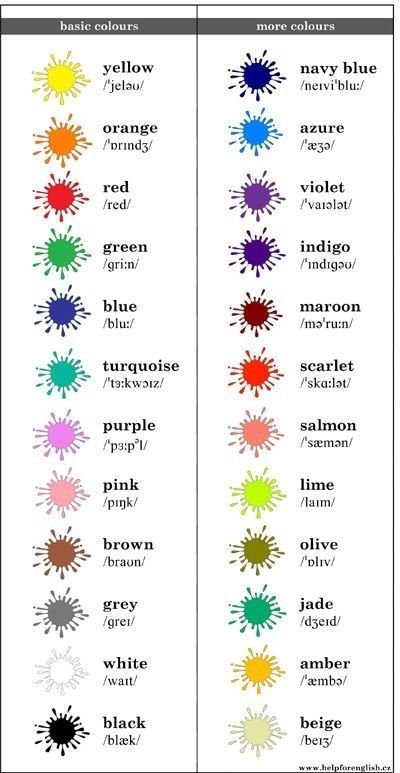
What colors do you dislike?
I don’t like ______ and _______.
I don’t like gold and pink.
Some of these questions may be too hard for your child. That’s okay. If these are too hard, then you can use them as goals. Sentences you want your child to be able to ask and answer after you are done teaching them about colors in English.
Target Sentences for Colors in EnglishIf the above warm-up questions are too easy, then you can take a look at these target sentences. Target sentences are the sentences that you want your child to learn and become familiar with by the time you are done teaching this unit.
Proper planning of target sentences and scaffolding is an important part of teaching your child vocabulary in English. To learn more about how you can do this effectively, take a look at our post on target sentences and scaffolding.
You can use this first pattern (the one found below) to learn and review our basic color vocabulary.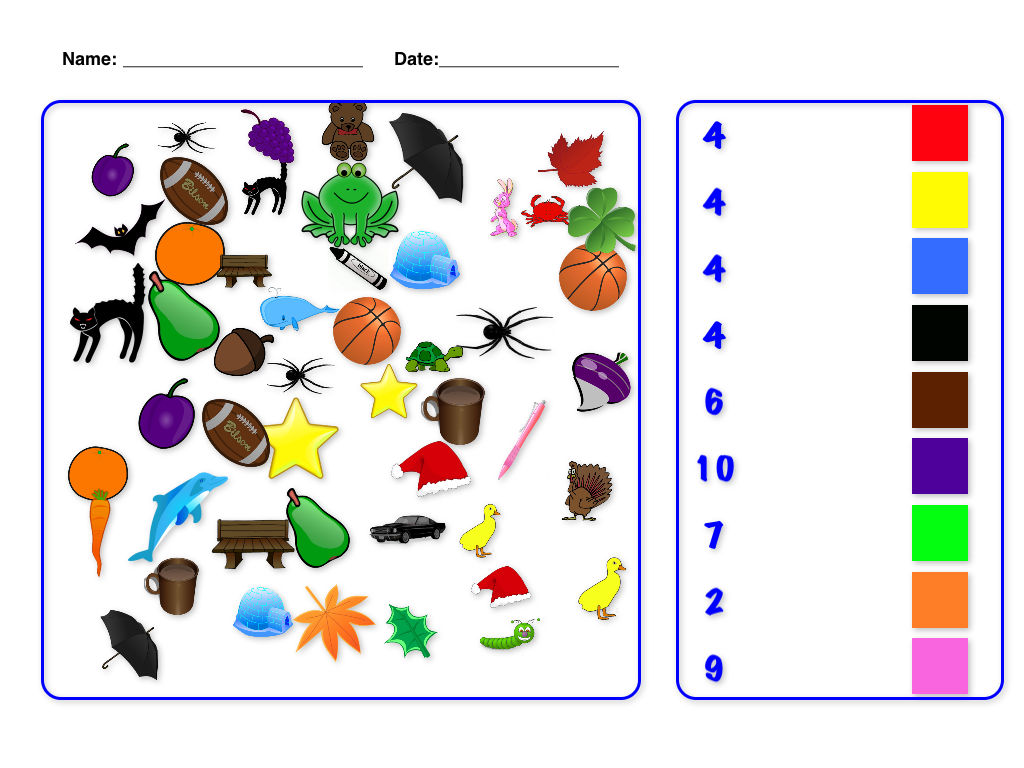 The grammar isn’t hard, so your child can focus on learning their list of colors in English
.
The grammar isn’t hard, so your child can focus on learning their list of colors in English
.
What color is it?
It is _(Color)_.
It is blue.
This second target sentence can help you teach your child how to use an adjective to describe a noun. This will require them to already know some nouns to describe. Using things you already have around the house can be helpful. It is always better to use the real object rather than a picture.
What is it?
It is a (color) (object).
It is a red truck.
Practicing Your List of Colors in EnglishLuckily, practicing your list of colors in English isn’t too hard of a task. There are lots of activities you and your child can do together to learn and practice. Here is a list of a few activities to practice colors and any other basic English words you want to teach them.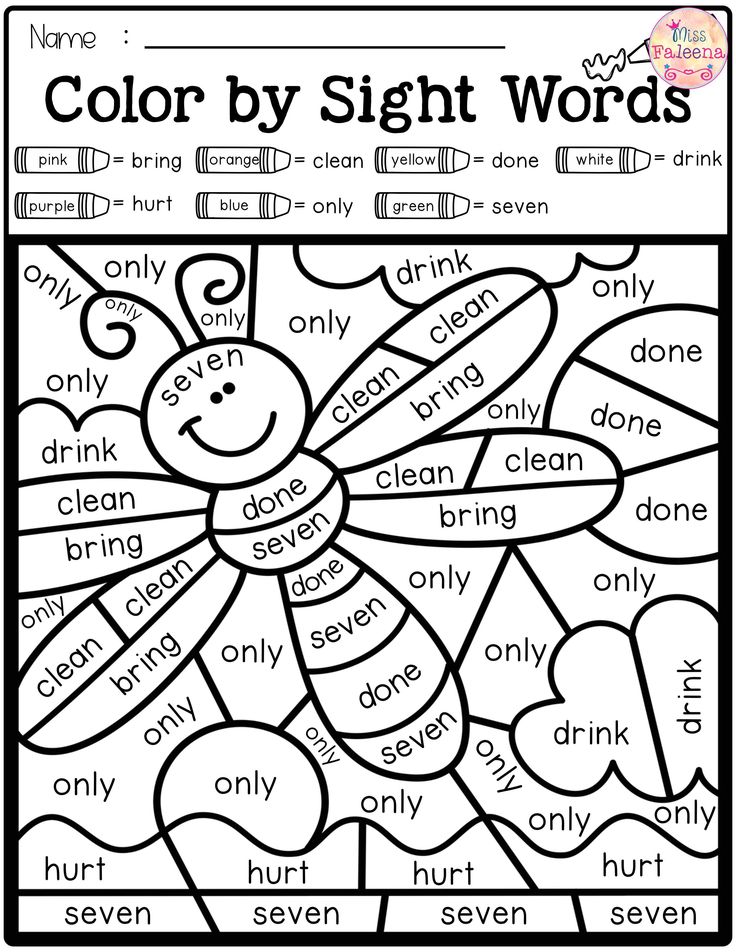
Vocabulary games are always a great way to practice basic color vocabulary. To help you out, we have made a whole post on different vocabulary games you can use to develop your child’s vocabulary skills.
This post includes two games that you can download and play with your child. As well, we give you ideas on how to use your new color flashcards in fun and useful ways to teach your child about colors in English.
Coloring PagesColoring is the easiest and most obvious way to practice colors in English. This activity can be a free drawing period where your child can draw what they like, or you can ask them to draw something specific. It can be free-drawn or come from a pre-made coloring page. The important thing is that your child is interacting with our new vocabulary.
While they are drawing, you can actively engage them in English. Don’t let them slip into their native language. Instead, ask them about what they are drawing, or what color they are using.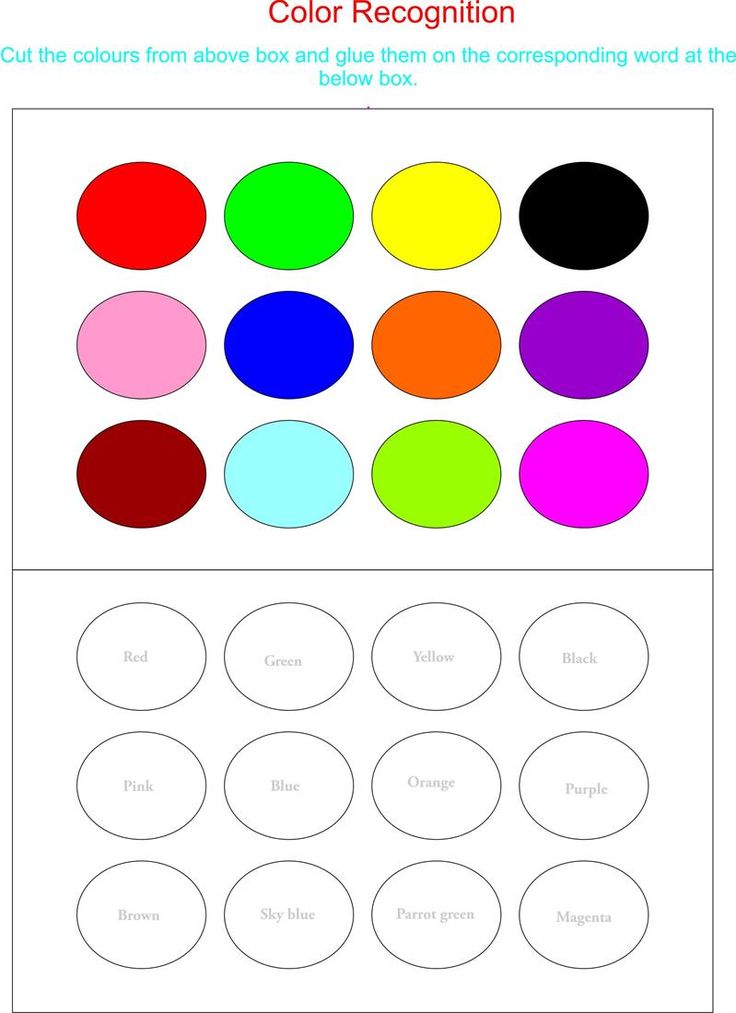 Hopefully, you have already taught them our target sentences, in which case you can use those sentences to speak with them and engage in their coloring.
Hopefully, you have already taught them our target sentences, in which case you can use those sentences to speak with them and engage in their coloring.
If you are looking for some coloring pages you can use for free, you can take a look at some of our animal coloring pages. We have a sea animal coloring page, savanna animal coloring page, farm animal coloring page, and rainforest coloring page for you to choose from.
YouTube Videos About ColorThere are hundreds, if not thousands of videos that can help your child learn about colors in English. YouTube is a great resource for this kind of content. YouTube is not a replacement for proper education and lessons, but it can help your child review what they have learned with you already.
English Vocabulary GamesThere are lots of games you can play to review our list of colors in English. It can be as easy as having children race to find something x color. Or, you could repurpose a board game so that they have to answer an English question after every turn.
One of my favorite games to practice colors in English is a matching game. Use two copies of our flashcards and put them facedown on the ground. Mix them up. Now have your child choose two of them. If they match, they stay face up, and if they don’t, then they are turned face down again.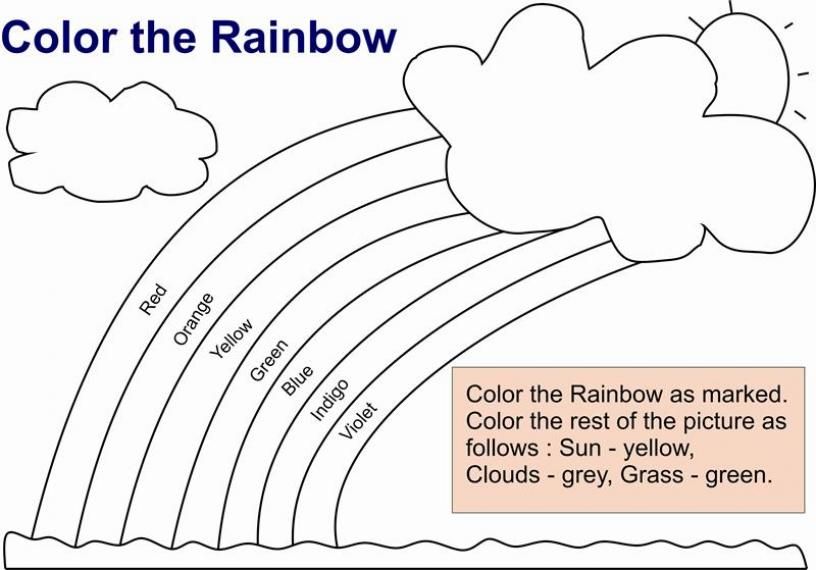 They need to get all of the cards to face up. After each round, ask them what colors they have. Depending on how young your child is, you may want to start with only 10 cards or so. Just make sure each card has a pair.
They need to get all of the cards to face up. After each round, ask them what colors they have. Depending on how young your child is, you may want to start with only 10 cards or so. Just make sure each card has a pair.
Not really a game, but kids can have lots of fun. Take a look at experiments where kids can mix paints to see how different colors can mix to make a new color. You can do this with some watercolor paints and a glass of water.
To get some more ideas on how to teach your young children about colors, take a look at this great post on color science experiment ideas.
Is it Gray or Grey?In American English, it is “gray,” and in British English, it is “grey.” They are both pronounced the same way, so no worries about that.
Is it Color or Colour?In American English, it is “color,” and in British English, it is “colour.” Don’t forget that most English-speaking counties that aren’t the US use British spellings.
The primary colors are red, blue, and yellow. The secondary colors are green, orange, and purple. If you want to reduce the number of colors to teach from our list of colors, I would suggest teaching these colors plus black and white.
What are Adjectives?Adjectives are words that describe nouns. Adjectives are words like funny, happy, red, and small. These helpful words allow your child to describe the world around them. As far as your child’s vocabulary in English, they are just as important as learning nouns and verbs.
Adjective PlacementIn English, adjectives go before nouns. When your child is just starting, they will probably learn this basic sentence pattern:
Subject + Verb + Object
I like bread.
I am kicking the ball.
I want a cookie.
When we add an adjective, it will look like this:
Subject + Verb + Adjective + Object
I like tasty bread.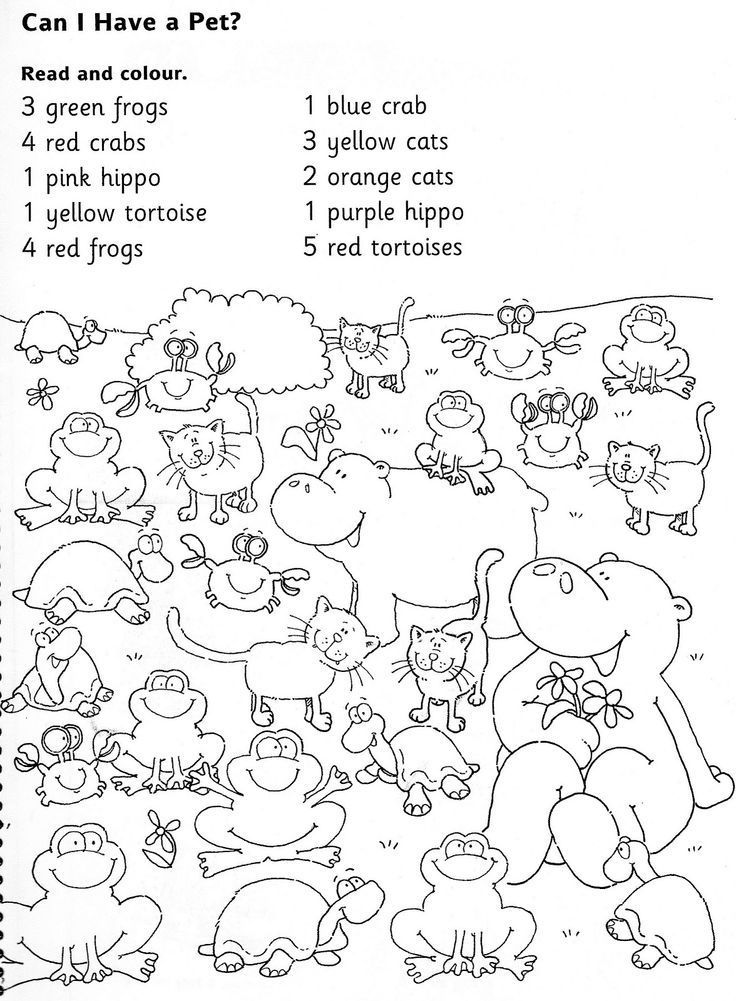
I am kicking the red ball.
I want a big cookie.
We can also chain more than one adjective together by using commas.
I like tasty, healthy bread.
I am kicking the small, red ball.
I want a big, crunchy cookie.
We do typically have an order that we put our adjectives in when we are using more than one. However, this is a more advanced lesson, and for your child, it is not so important that they learn this order yet.
Final ThoughtsColors are all around us, all the time. They are important basic English words that your child will need to know. Not only are these words useful, but they also provide a handy way of introducing your child to adjectives in English. So take this opportunity to begin to connect with your child through their English education.
We hope that our list of colors in English and the related color flashcards, resources, and activities have been useful for you.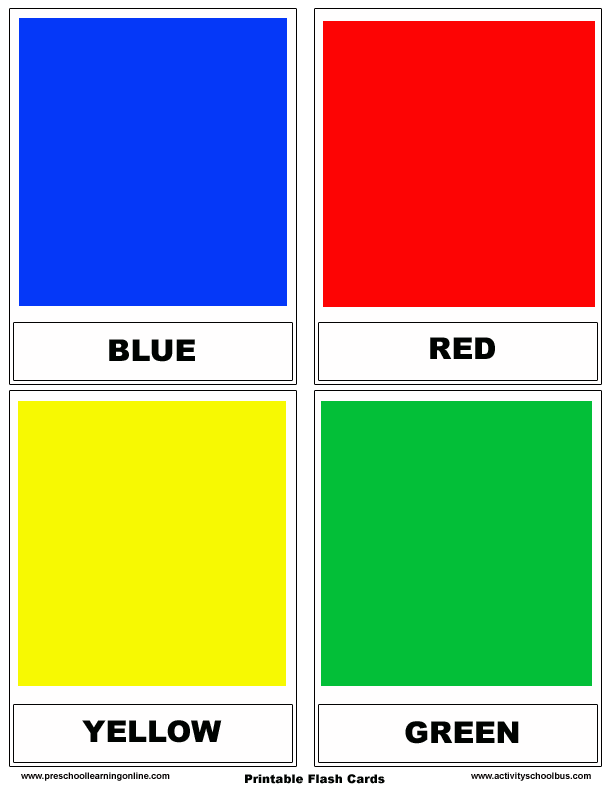 If there is anything else you think you need to successfully teach your child English, please just send us a message. You can do that by clicking on the image below or by commenting on this post.
If there is anything else you think you need to successfully teach your child English, please just send us a message. You can do that by clicking on the image below or by commenting on this post.
A to Z Kids Stuff
Colors
Choose your Color
Brown, B&W, Blue,
Green, Orange, Yellow
Purple, Red, Color Mixing
Colors
Fingerplays/Songs
A Song of Colors
tune: Mary had a little lamb
Susan wore a yellow shirt, yellow shirt, yellow shirt,
Susan wore a yellow shirt to school today.
Form a circle and have each child come to the center as you call the child's name and what he/she is wearing.
Wearing Colors
If you have on red- touch your head
If you have on blue- touch your shoe
If you have on green- make a face that's mean If you have on yellow- say "Hello"
If you have on orange- say "Good-bye"
If you have on brown- turn around
If you have on black- make your hands go smack
If you have on purple- pop up!
Group Time
Color Houses
Need: Felt pieces- 6 different colors, brown felt
Cut the six different felt pieces into houses- about 4-6 inches big (big enough to hide a mouse under).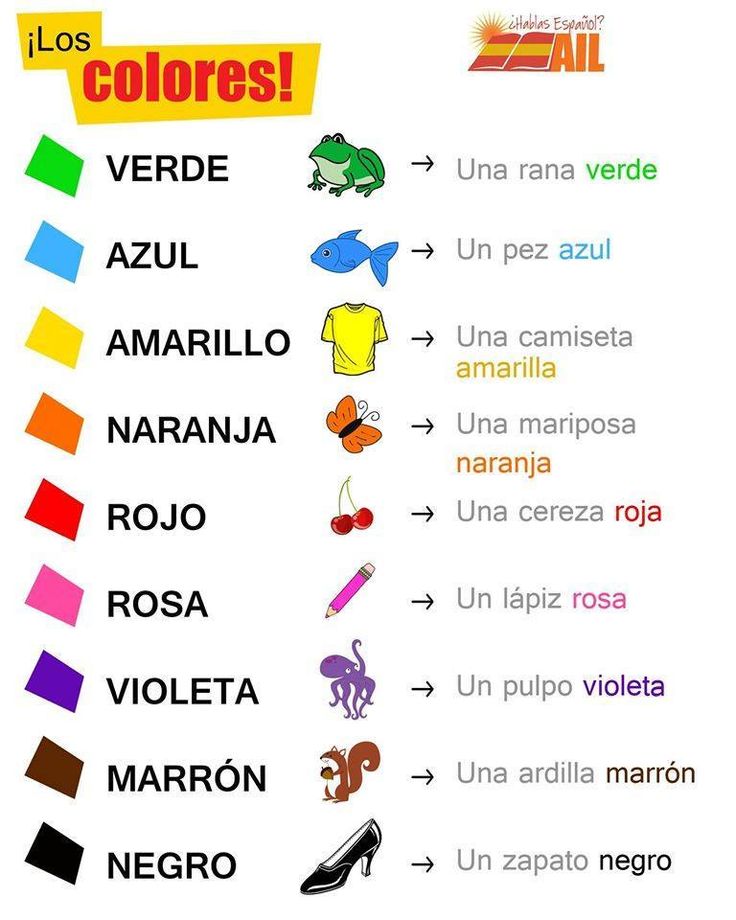 Cut the brown felt into a mouse. Using a felt board hide the mouse under a colored house without the children seeing and have them guess the color the mouse is under. Have them say the names of the colors.
Cut the brown felt into a mouse. Using a felt board hide the mouse under a colored house without the children seeing and have them guess the color the mouse is under. Have them say the names of the colors.
Contributed by: Natasha
A mouse shape is half a heart shape with a circle for an ear and a thin piece of felt for a tail.
Art
Color Book
Do one page for each color you work with. On each page, have children draw a line or a picture with a crayon of the color, glue a piece of material or yarn of the color. Cut out objects of different shapes and the color you are working on. Have the children pick out and glue the pictures onto the color page.
Save each page, and when there are several compile them into a book. Punch out holes and fasten the book together by tying rainbow ribbon or yarn through the holes.
Science/Math
Ribbon Color Game
Place a variety of single-colored ribbons in a basket. Let each child select a ribbon. Help the children look around the room for objects that are the same color as their ribbons. When they find a matching object, have the children place their object and their ribbon by the basket.
Help the children look around the room for objects that are the same color as their ribbons. When they find a matching object, have the children place their object and their ribbon by the basket.
Tips
Transition: Have children line up by the color that is called.
Primary colors are red, blue, yellow.
Secondary colors are made by mixing primary colors.
Secondary colors are purple, green, and orange.
Learning Centers
Colored Magnifier
Need: colored cellophane, file folders, glue
On a folded file folder trace a magnify glass shape - that way you will cut out two magnify glass shapes. Keep the handle wide. Cut a circle out in the middle of the magnify shapes, keeping the border thick
Open magnify shapes. Cut out a square of colored cellophane and place glue dots around the circle you cut out, place cellophane over the circle area. Dots of glue on one of the magnify shapes and glue both magnify shapes together.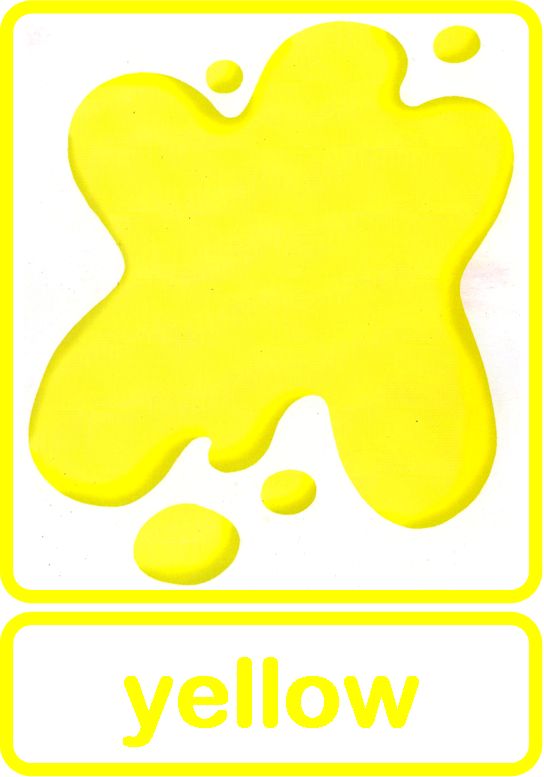 Place on your science table. Children love holding this up and looking through it.
Place on your science table. Children love holding this up and looking through it.
Brown
Brown color word with rhyme coloring page worksheet.
Story activities and printables for "Brown Bear Brown Bear What Do You See?"
Black and White
Art
Black and White
Need: Various colors of items that are black and white.
Provide black and white paper, scissors, and glue, and invite children to use the materials to make collages. Later, add black and white markers, crayons, chalk, and/or paints. Encourage children to experiment with the strong contrasts of the colors. Consider creating a "Black and White" display by covering a bulletin board with black and white construction paper, then hanging children's creations.
Math
Domino Trails
Need: dominos or blocks
Children can work in pairs. Ask them to experiment with lining up three or four blocks (like dominoes), so when they gently push the first one, all the blocks fall in succession. Encourage children to work and plan with their partners.
Encourage children to work and plan with their partners.
Snack
Snack Ideas
chocolate/vanilla cookies, milk, white bread, popcorn, marshmallows, raisins.
Blue
Blue color word with rhyme coloring page worksheet.
Fingerplays/Songs
Finding Colors
tune: "The Muffin Man"
Oh, can you find the color blue,
The color blue, the color blue?
Oh, can you find the color blue,
Somewhere in this room?>
I See Blue
(tune: Frere Jacques)
I see blue, I see blue.
Yes, I do. Yes, I do.
I see a blue block,
I see a blue crayon.
I see blue. Yes, I do.
Repeat, each time letting the children substitute the names of blue items that they see for "block" and "crayon."
Art
Sponge Painting
Using sponge pieces, thick blue paint, and sheets of light blue paper. If desired, clothespins can be clipped on the sponges and used as handles.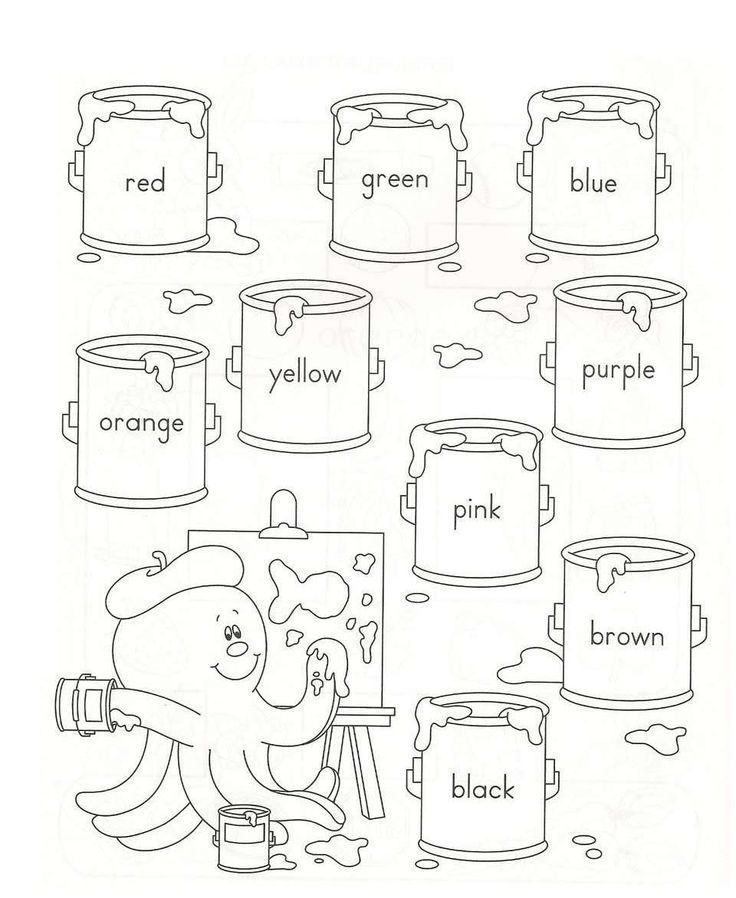 Have children dip the sponge into blue paint and print on light blue paper.
Have children dip the sponge into blue paint and print on light blue paper.
Learning Centers-Sensory Table
Blue Goop
Make goop. Add blue food coloring when mixing ingredents.
Story
Blueberries for Sal
by Robert McCloskey
Blueberries for Sal
Kuplink, kuplank, kuplunk! Sal and her mother a picking blueberries to can for the winter. But when Sal wanders to the other side of Blueberry Hill, she discovers a mama bear preparing for her own long winter. Meanwhile Sal's mother is being followed by a small bear with a big appetite for berries! Will each mother go home with the right little one?
Video
Science
Blue Windows
Place blue colored cellophane or acetate sheets over some of the windows. It is fun to look out the windows and see a blue world
Snacks
Cream Cheese and Crackers.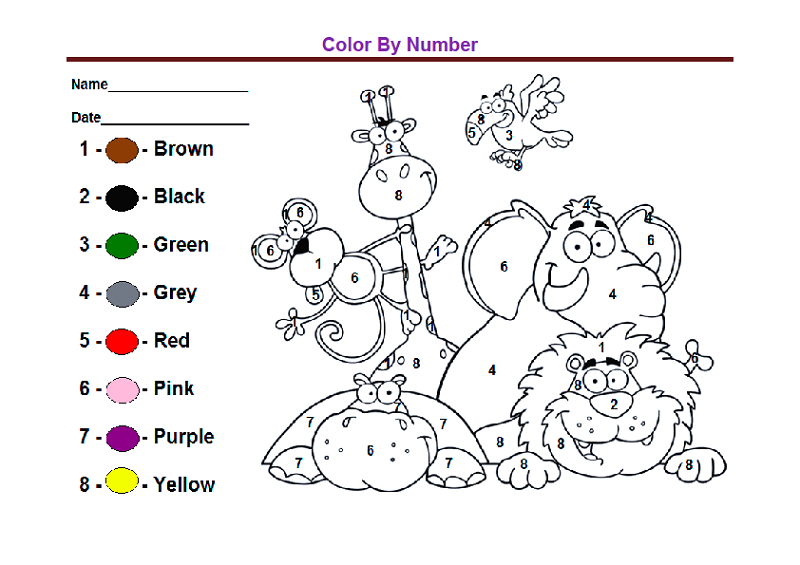 Tint cream cheese blue with food coloring and spread on crackers.
Tint cream cheese blue with food coloring and spread on crackers.
Other Snack Ideas: blue popcorn balls, blue milk(food coloring), blueberries.
Group Time
Eye Color
Prepare an eye color chart with the children. On the chart list the colors: blue, brown, and green. Under each category, record the children's names who have that particular eye color. Extend the activitiy by adding the number of children with each color.
Share
Share
Follow Us
Share
Flowers and herbs in pictures, tasks, poems and stories for children.
Field and meadow flowers: stories and fairy tales about flowers for children, educational tasks, speech games, poems, pictures. Children about fragrant herbs.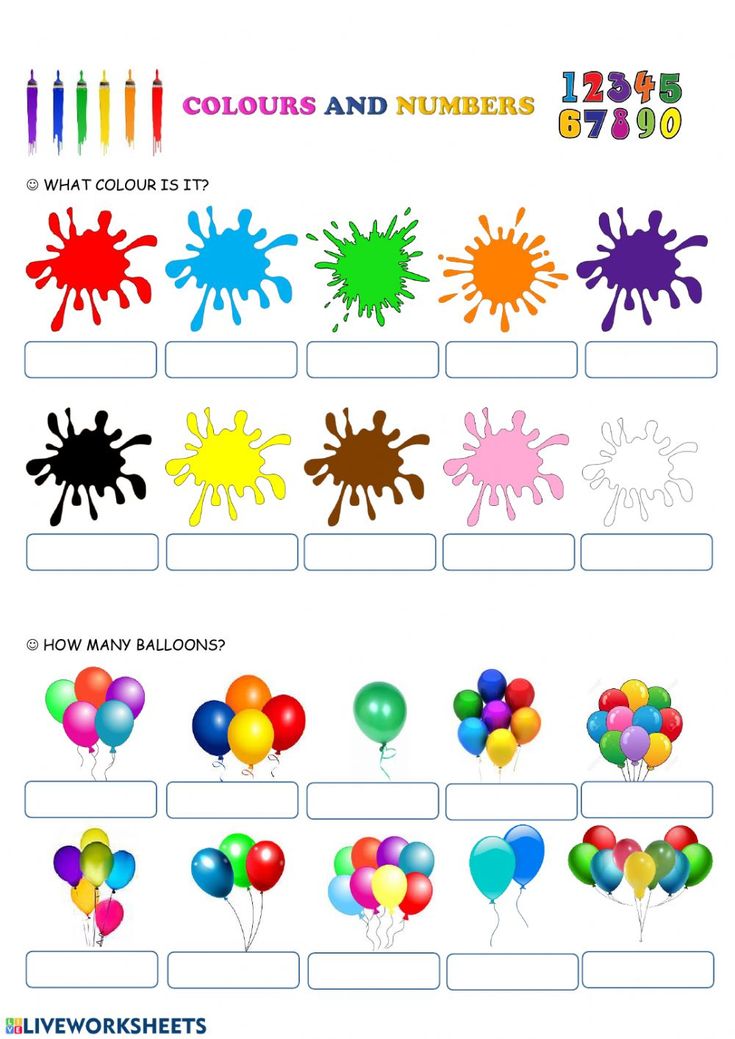 Informative video for preschoolers and younger students.
Informative video for preschoolers and younger students.
In the summer we go out of town - on hikes, to the country house, to rest. And around we see many different flowers and herbs. But can we always tell children about them and answer their questions. Unfortunately, it often happens that the baby is well aware of the exotic "chocolate tree" or "marmalade tree", but the cornflower and bluebell do not recognize in nature, and the amazing secrets of his native nature are closed to him. But the nature surrounding us in Russia is so beautiful!
Let's go on a journey together to the realm of wildflowers and meadow flowers. And tell our kids about them.
You will find additional material for this article - summer riddles about plants in the article "Riddles"
Encyclopedia of flowers for kids
In this article you will find a lot of interesting material about flowers and herbs for children. No need to tell the child immediately about all the plants. After all, the main task is not to fill the baby with information, but to awaken his curiosity. to teach to ask questions, think, draw conclusions, experiment, find relationships. These are the tasks you will find in this article.
After all, the main task is not to fill the baby with information, but to awaken his curiosity. to teach to ask questions, think, draw conclusions, experiment, find relationships. These are the tasks you will find in this article.
First, during the walk, find the flowers that your baby encounters most often and introduce them to them. Give your child the opportunity to see the amazing in the inconspicuous and familiar! This is a completely different view of the world - the view of a Homo sapiens, a Man - a creator, a Man - a researcher and an artist!
It is very important that the child sees the plant in nature, and not only in the picture or in the video, so that he carefully and gently strokes the leaves, the stem, smells the flower, observes the insects that circle around the flower and sit on it. These are the life experiences that nothing can replace!
Review with your child some meadow or wildflowers (2-5) that you can find. Ask the child:
- What do all of them have in common? (These are flowers.
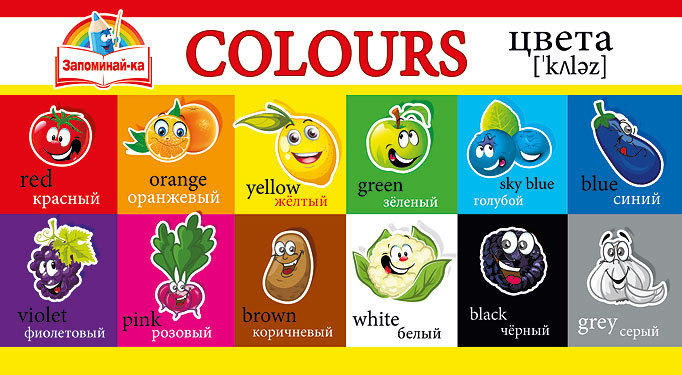 They have a root, a stem, leaves, a flower - name these parts of a flower).
They have a root, a stem, leaves, a flower - name these parts of a flower). - Why does a flower need a root? What will happen to the flower if it is left without a root?
- Why do flowers need stems? Leaves? Seeds?
- How are flowers different from trees? From bushes?
- How do these flowers differ from each other? (How do their stems differ? Leaves? Flowers? in size, shape, arrangement, color).
Come up with a riddle describing flowers with your child. Write them down in a beautiful notebook or album. guess friends and relatives. It is good if you make a whole guidebook with pictures about flowers and enter riddles invented by the baby into it.
Coming up with a riddle about a flower is very easy. Lay out 3 pictures with flowers in front of the baby. And ask him to describe one flower so that you can guess what it is. The rule - you can’t name the name of the flower, it’s a mystery! Examples of pictures: for children 4-5 years old - chamomile, cornflower, clover.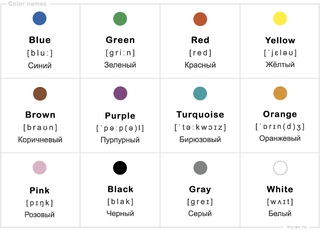 For children 5-7 years old: cornflower, chicory, bluebell (all flowers are blue, so they are more difficult to describe).
For children 5-7 years old: cornflower, chicory, bluebell (all flowers are blue, so they are more difficult to describe).
- What kind of stem does the flower have (thick or thin, straight or curving. Branched.
- What kind of leaves does the flower have (large or small, narrow or wide, sharp or with rounded edges).
- What kind of flowers does the flower have (what color, size, shape, what is the center of the flower, where are the flowers located, how many of them are there on the plant)
- What else do we know about the flower (how it is used, fairy tales about the flower, where it grows, etc.)
Find your bearings in the world educational videos for children, as well as stories, tasks, pictures from this article will help you and your kids discover their secrets.0007
Educational video for children "Meadow herbs": children about native nature
Educational video for children "Meadow flowers": getting to know plants in summer
Stories about meadow and wild flowers in pictures for children
meadowGeranium grows not only at home on the windowsill. It also grows in the meadow. The geranium that grows in the meadow is called... what do you think? If it grows in meadows, then what is it like? Meadow-way. It's meadow geranium. What color are the flowers of room geranium in our house? And meadow geranium flowers (bluish-purple). What is the difference between our indoor fragrant geranium and meadow geranium?
Meadow geranium blooms very little - only two days! But she has a lot of flowers, so it seems to us that geraniums bloom for a long, long time.
Meadow geranium flower with five petals. The edges of the petal are rounded, even. Several stems grow from one root.
Geranium pollen is very popular with various insects and crawling bugs.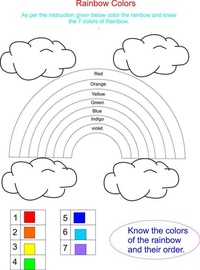 But geranium is an amazing flower. She does not give her pollen to bugs, but saves it for bees and butterflies. How does she protect herself from bugs? How do you think? Let the kid come up with his own version - try to find the answer to this question. It turns out that the stalk near the geranium flower is covered with a sticky liquid. And the bugs just can't crawl through it. But it does not interfere with butterflies and bees. Why? Let the kid find the answer to this question, make a guess. Even if he did not guess correctly, encourage him for not being afraid to think and express his opinion. That's right, because bees and butterflies fly and sit on the flower from above! And this sticky liquid on the stalk at the bottom of the flower does not bother them at all. If the baby is not clear, then cut out the silhouette of a butterfly from paper and show how it sits on the palm of your hand - a flower. She does not crawl along the stalk, but sits on top and does not touch this sticky substance.
But geranium is an amazing flower. She does not give her pollen to bugs, but saves it for bees and butterflies. How does she protect herself from bugs? How do you think? Let the kid come up with his own version - try to find the answer to this question. It turns out that the stalk near the geranium flower is covered with a sticky liquid. And the bugs just can't crawl through it. But it does not interfere with butterflies and bees. Why? Let the kid find the answer to this question, make a guess. Even if he did not guess correctly, encourage him for not being afraid to think and express his opinion. That's right, because bees and butterflies fly and sit on the flower from above! And this sticky liquid on the stalk at the bottom of the flower does not bother them at all. If the baby is not clear, then cut out the silhouette of a butterfly from paper and show how it sits on the palm of your hand - a flower. She does not crawl along the stalk, but sits on top and does not touch this sticky substance.
Another name for geranium is crail. What word does it look like? That's right, the word crane, crane. How is a geranium similar to a crane? Look at the fruits of geraniums. They appear closer to autumn, when the geranium has faded. What does this fruit look like? Yes, the fetus has a long beak, like a crane. Therefore, they also call meadow geranium crail.
As soon as such a fruit with a beak near a meadow geranium ripens, seeds will fall out of it. Where they fall, new geranium meadow plants will grow next year.
Geranium is a medicinal plant. Meadow geranium gruel was applied to snake bites, changing it every 10 minutes, and it helped both people and animals a lot.
Dandelion
Dandelion is known to all children and adults. And they know its peculiarity - this flower is first yellow, and then white with many parachutes with seeds.
Wears a dandelion
Yellow sundress.
When he grows up, he will dress up
In a little white dress.
Light, airy,
Obedient to the breeze (E. Serova).
The sun has dropped
Golden ray.
Dandelion has grown
First, young!
He has a wonderful
Golden color,
He is a big sun
A small portrait! (O. Vysotskaya)
Why are dandelions called “a small portrait of the sun” in the poem? How would you call them? They are yellow like... (like what?)
Did you know that dandelion can predict weather? Guess how he does it? How can he tell us that it will rain soon? The dandelion does not know how to speak like a person, but it tells us in its own way: it closes its petals and lowers its head. And if the dandelion is already white, then before the rain it folds its parachutes - it hides from future rain. And he says to us: soon the rain will begin.
Dandelion is a very useful plant:
- Dandelion is used to make jam! Yes, real honey.
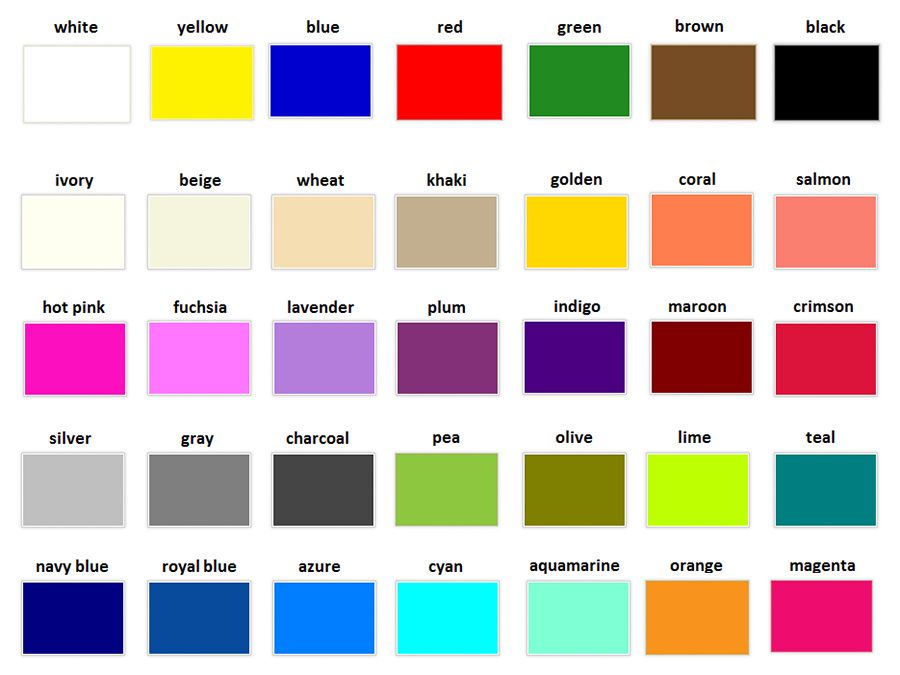 So it is called "dandelion honey". But for such a jam, you need to collect flowers very far from the city and from the roads. How do you think why?
So it is called "dandelion honey". But for such a jam, you need to collect flowers very far from the city and from the roads. How do you think why? - Dandelion roots are dug up in autumn and used to treat various diseases. After all, dandelion is a medicinal plant, people were treated with it in antiquity.
- Salads are made from young dandelion leaves. But so that the leaves are not bitter, they are first kept for half an hour in salt water. What a dandelion!
Bluebell
Bluebells grow both in the meadow and in the forest clearing. They are very beautiful - blue and purple. There are single flowers on a bell, and there are whole bouquets.
Blue bell
Tell us your secret,
Why don't you ring,
Even if you move your head,
You bend from the wind,
You hide from the sun (N. Sergeeva).
The bell can also tell us about the weather.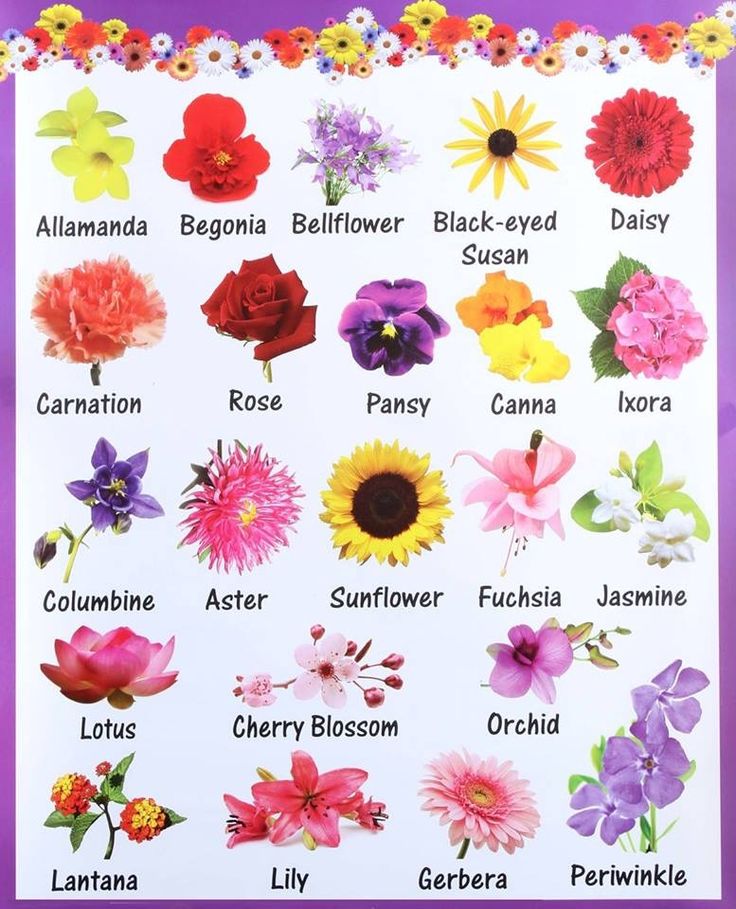 Surely your baby has already guessed how the bell speaks to us and how to "read" the language of flowers? Yes, in cloudy weather and at night the bell closes, that is, lowers its head - hides. And in it, like in a house, small bugs, spiders and flies are hiding. It's warm for them there and it's good as in a tower.
Surely your baby has already guessed how the bell speaks to us and how to "read" the language of flowers? Yes, in cloudy weather and at night the bell closes, that is, lowers its head - hides. And in it, like in a house, small bugs, spiders and flies are hiding. It's warm for them there and it's good as in a tower.
Here is such a bell-teremok . Very different small insects love him for this!
Try with your child to compose a fairy tale “Bell-Teremok” or “Under the Bell” about how during the rain under the bell different insects hid and got to know each other (by analogy with Suteev's fairy tale "Under the Mushroom"). It is best to play such a fairy tale in pictures or with toys. In this fairy tale you will be able to consolidate the baby's ideas about insects, stimulate dialogic speech. Start the fairy tale yourself, and the kid will continue the sentences you started: “There is a teremok-teremok in the meadow. He is not low, not high, not high. That Teremok is called a bell. Once... She ran up to the bell... And she said... And the bell answered her.... And she began ... to hide from the rain in a bell, ”and so on. By beginning phrases, you help your child learn how to build a text and how to connect sentences in a text. Be sure to write down the resulting fairy tale, retell it - the baby needs to feel that his achievements in writing and speech creativity are significant for close adults!
That Teremok is called a bell. Once... She ran up to the bell... And she said... And the bell answered her.... And she began ... to hide from the rain in a bell, ”and so on. By beginning phrases, you help your child learn how to build a text and how to connect sentences in a text. Be sure to write down the resulting fairy tale, retell it - the baby needs to feel that his achievements in writing and speech creativity are significant for close adults!
Ivan da Marya
This flower has unusual flowers - they are of two colors: yellow and lilac.
Ivan da Marya the flower is very beautiful. But you don’t need to tear Ivan da Marya! The flower will quickly wither and lose its beauty. Let it please us better in the meadow!
There is a fairy tale about where this flower got its name from.
The Tale of the Flower Ivan da Marya
Once upon a time there lived Ivan and the beautiful Marya.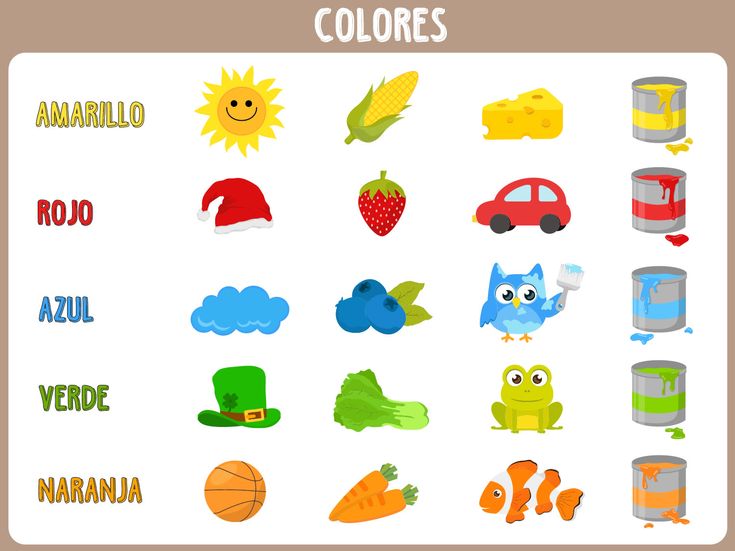 Once they went to the forest for mushrooms and berries. But a storm arose, a thunderstorm began, thunder struck. They had nowhere to hide. Then Ivan shielded Marya from the rain with himself, and Marya sat down near the bush. The storm ended, and in this place a flower appeared. This flower had yellow flowers, which were covered with blue leaves on top. Here, in memory of Ivan and Marya, they called the flower Ivan da Marya. And you find in the flower, where is Ivan, and where is Marya in this plant?
Once they went to the forest for mushrooms and berries. But a storm arose, a thunderstorm began, thunder struck. They had nowhere to hide. Then Ivan shielded Marya from the rain with himself, and Marya sat down near the bush. The storm ended, and in this place a flower appeared. This flower had yellow flowers, which were covered with blue leaves on top. Here, in memory of Ivan and Marya, they called the flower Ivan da Marya. And you find in the flower, where is Ivan, and where is Marya in this plant?
Marya sat down by a bush in the rain. And since then, this plant alone has not lived. It always attaches itself to another flower, “sits down” next to it and feeds on it.
Ivan-tea (fireweed)
Do not confuse Ivan-da-Maria with Ivan-tea. Look at the picture - this is Ivan-tea. In another way it is called "fireweed".
Ivan tea is a tall plant. Its flowers are collected in a brush, similar to a candle. They are a very beautiful bright lilac-pink color.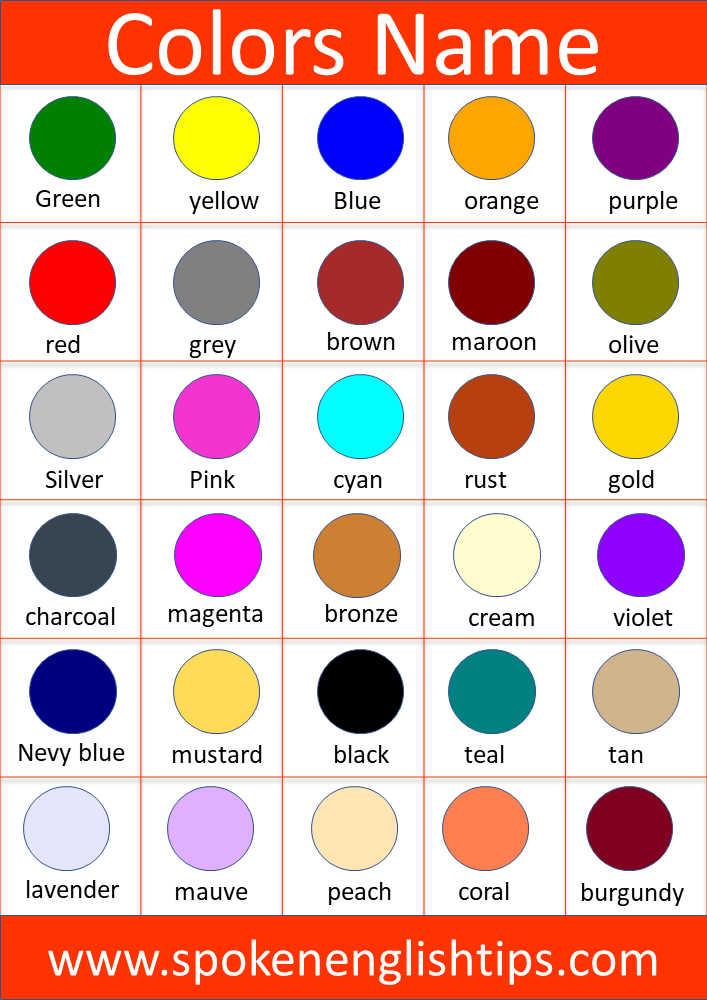 Ivan-tea flowers contain a lot of nectar, so bees and beekeepers love this flower. Delicious honey! Ivan tea is used to make real tea - “Russian tea”, “Ivan's tea”. That's why it's called that.
Ivan-tea flowers contain a lot of nectar, so bees and beekeepers love this flower. Delicious honey! Ivan tea is used to make real tea - “Russian tea”, “Ivan's tea”. That's why it's called that.
In a clearing by chance
blushed Ivan-tea :
"My purple color, friends,
can not be bypassed!.." (A. Alferova)
Fireweed wakes up very early, when we are still sleeping. He opens his flowers at 5-6 in the morning. And if the weather is rainy, then the flowers close.
Fireweed — the most amazing flower! And it is famous and useful not only for tea! Read to your child an excerpt from the story "Caring Flower" by Konstantin Paustovsky, and you will discover a lot of interesting things in this plant!
“Near the house where the forestry was located, a shady garden has grown along the slope of the ravine. A river flowed along the bottom of the ravine. Immediately, not far away, it flowed into a large river.
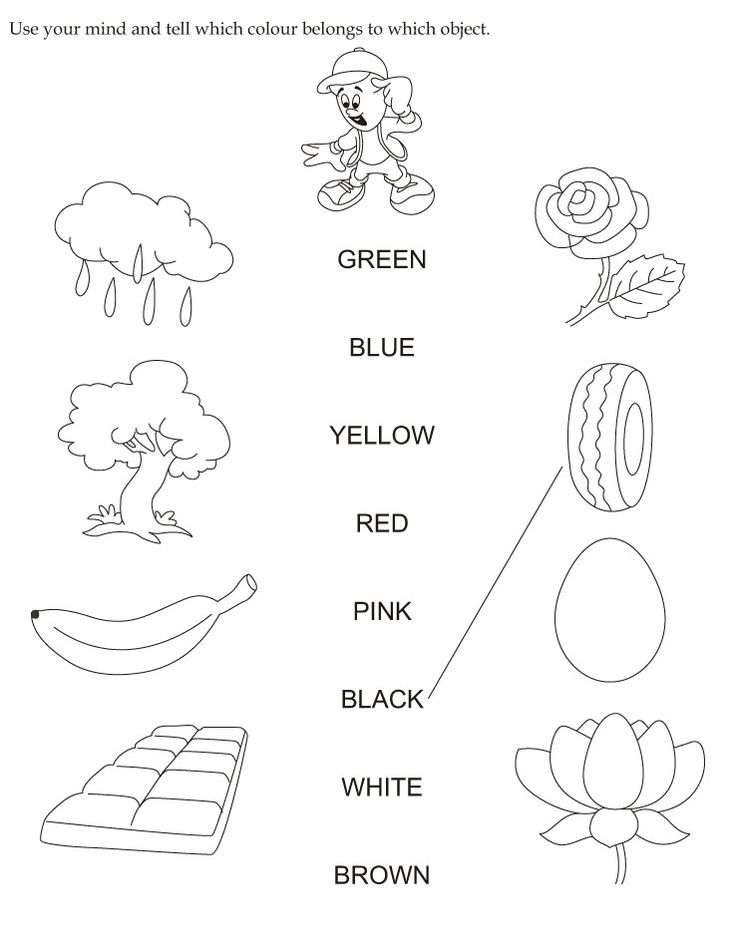
The river was quiet, with a lazy course and dense thickets along the banks. In these thickets a path was trodden to the water, and a bench stood near it. In their free moments, the forester Mikhail Mikhailovich, Anyuta and other employees of the forestry liked to sit on this bench for a while, to watch the midges hustle over the water and how the setting sun burns out on clouds that look like sailing ships.
That evening I also found Mikhail Mikhailovich and Anyuta on a bench on the river bank.
An unusually green duckweed swam in the pool at our feet. In clean places, water-color bloomed - white and thin, like tissue paper, flowers with a red core. Above the whirlpool, on the steep bank, fireweed has grown in islands.
- Fireweed is our assistant, - Mikhail Mikhailovich noted.
— And squirrels are also good helpers, — Anyuta added.
"I just learned about squirrels," I said. - From the boys. Is it true that you take pine cones from squirrels?
- But how! Anyuta replied.- There are no better bump collectors than squirrels in the world. Come with us to the forest tomorrow. You will see for yourself.
— Well then, — I agreed, — let's go. But fireweed helps you, I don’t know. Until now, I only knew that its leaves are brewed instead of tea.
- That's why people called him Ivan-tea, - Mikhail Mikhailovich explained. - And he helps us with this ...
Mikhail Mikhailovich began to tell.
Fireweed always grows in forest fires and fellings. Recently, fireweed was considered a weed. He was only good for cheap tea. The foresters mercilessly tore out all the fireweed that grew next to the young pines. They did this because they believed that the fireweed drowns out the shoots of pine trees, takes away light and moisture from them.
But soon they noticed that the pines in those places where the fireweed is destroyed cannot fight the cold at all and from the very first morning frosts, which happen in early autumn, they completely die.
Scientists, of course, began to look for the cause of this and finally found it.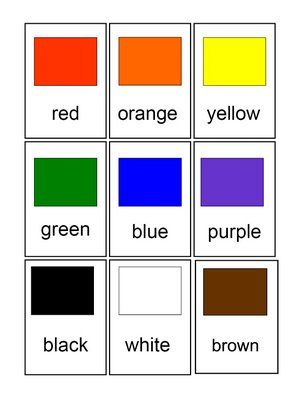
- What happened? - Mikhail Mikhailovich asked and answered himself: - But it turned out that fireweed is a very warm flower. When the autumn frost hits and the hoarfrost silvers the grass, then there is no hoarfrost near the fireweed. Because there is warm air around the fireweed. This flower emits warmth from itself. And in this warmth, all the neighbors of the fireweed grow without fear, all weak shoots, until winter covers them, like a wadded blanket, with deep snow. And note that fireweed always grows next to young pines. This is their watchman, their protector, their nanny. It happens that in severe frost the entire top of the fireweed will freeze, but he still does not give up, lives and breathes warmth. Selfless flower!
— Fireweed, — Anyuta said, — not only warms the air, but also the soil. So the roots of all these shoots do not freeze.
- Do you think one fireweed is so wonderful? Mikhail Mikhailovich asked me. - Almost every plant can be told such amazing things that you just gasp.Whatever the flower, then just a story. Plants save us from diseases, give us sound sleep, fresh strength, clothe us, feed us - you can’t count everything. We have no better friends than plants. Yes, if I could tell fairy tales, I would tell such things about every blade of grass, about every inconspicuous little buttercup or spikelet, that all the good old storytellers would envy me.
- Of course! Anyuta said. - If they knew then what we know now, then there would be no need for fairy tales.
The next day I went with the boys and Anyuta to the Moss Forest, saw squirrel warehouses of pine cones, saw thickets of fireweed on burned areas and young plantings, and since then I began to relate to squirrels, fireweed flowers, and young pines like your true friends.
Before leaving, I plucked a bunch of fireweed. Anyuta dried it for me in dry sand. From this, the flowers retained their bright crimson color.
In Moscow, I put this dry brush of fireweed into a thick book. It was called "Russian Folk Tales".And every time I opened this book, I thought that the life that surrounds us, even the life of this simple and modest flower, is often more interesting than the most magical fairy tales.
Chamomile
Chamomile is also known to everyone and will never be confused with other flowers. Although no! Confused! If you see one large flower on one stem, then this is not a chamomile, this is a popovnik. A chamomile has a strongly branching stem. And on one chamomile plant there are always a lot of small flowers. Chamomile is called so - medicinal chamomile, because it helps with many diseases.
There are white daisies
In the meadows among tall grasses,
As if someone scattered pieces of paper,
Drawing suns on them.
Invites a ringing bell
Gather them in a field bouquet,
But daisies - cunning girls - <
Only smile in response. (G, Novitskaya).
What are the daisies compared to in this poem? And what else do they look like - what would you compare them to?
Good afternoon, camomile,
White shirt,
Yellow center,
Leaves - like a boat! (L.Kuklin).
What kind of shirt does camomile have? And what is the middle? How does its leaves look like a boat? Also, what do they look like?
Do you think it is possible to grow chamomile at home? Listen to the poem.
Chamomile blossomed in the garden
Petals once and twice…
All carved lace.
Nastya ran into the garden
And saw a camomile,
And clapped her hands:
“Oh, how good he is!
This little white flower
We will transplant into a pot.
Mom said affectionately:
“There isn't enough room in the pot.
Let the chamomile grow in the garden -
Snow-white shirt,
The sun and water are here,
Let it bloom in the garden! (L. Nekrasova)
Tansy
Tansy is very easy to recognize. She has flowers like yellow buttons, collected in a bunch. What do her flowers look like? Listen to the poem.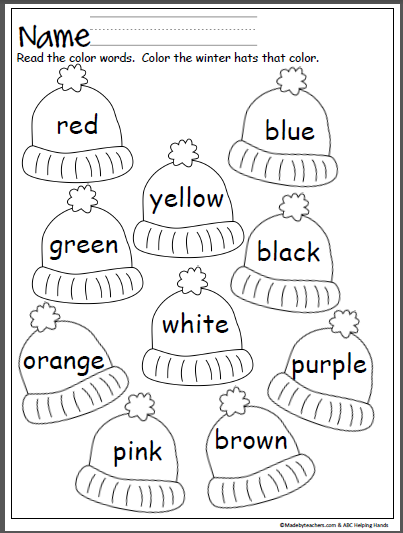 What did the poetess compare tansy flowers to? Is it true that she thought it was interesting?
What did the poetess compare tansy flowers to? Is it true that she thought it was interesting?
Let tansy be modest,
yes medicinal, nevertheless,
It is not for nothing that the flowers
look like pills,
Still - like chickens,
bright yellow for now,
To the touch - like a suede nose. Golikov).
Look carefully at two pictures - tansy and mountain ash. How are tansy and mountain ash similar? What is the difference? Why do you think tansy is called "wild mountain ash"? (In tansy, the leaves look like the leaves of a mountain ash. And the clusters of yellow flowers look like clusters of mountain ash. So they called it "wild mountain ash")\u003e
Tansy is a special flower. It is medicinal, i.e. used for treatment. It's also a real compass. Yes, if you do not have a compass, then tansy will replace it! Tansy has a secret. The edges of tansy leaves are always directed from north to south!
Green dye is made from tansy - threads and fabrics are dyed with it.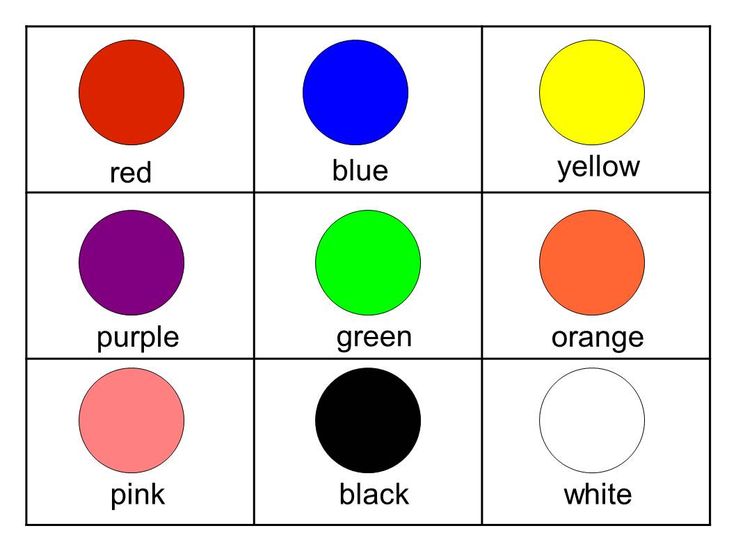
Tansy also repels insects. She has a very bad smell. The hostess picks the tansy, brings it home, hangs it on the wall, and all the insects fly away. They do not like the smell of tansy.
In the past, cooks used to collect tansy leaves and put a little of the leaves in gingerbread and cookies for flavor. They say the gingerbread was delicious!
Forget-me-not
They are invisible,
You can't count them!
And who only invented them -
Merry, blue?Must have been torn off
A piece of the sky,
A little bit of conjuration
And made a flower.
Author: E. Serova
Forget-me-not blooms for a very long time almost until autumn. There are many of them on the banks of streams. Blue forget-me-not petals. What else is blue in summer? Yes, the sky is blue, the stream and the river are also blue. And in the middle of the forget-me-not there is a tiny yellow center like a small sun. She seems to be telling us: "Don't forget." There are many legends about this flower, but for the most part these are legends for adults, not for children.
She seems to be telling us: "Don't forget." There are many legends about this flower, but for the most part these are legends for adults, not for children.
Chicory
If you see chicory flowers, it means it's the top of summer! Heat! Chicory is very strong, even drought is not terrible for him! It has round blue flowers - baskets. And the stem is silvery and sticks up high.
Why is it easy to confuse chicory with cornflower? How are they similar? How can their flowers be distinguished?
Chicory is a medicinal plant. To treat various diseases, its branches are brewed, salads are made from the leaves, and a drink that replaces coffee is made from the roots. Show the baby chicory in the store. And if you drink this drink and you have it at home, then let it taste.
Chicory wakes up very early - at dawn, when many other flowers are still sleeping. And falls asleep in the afternoon.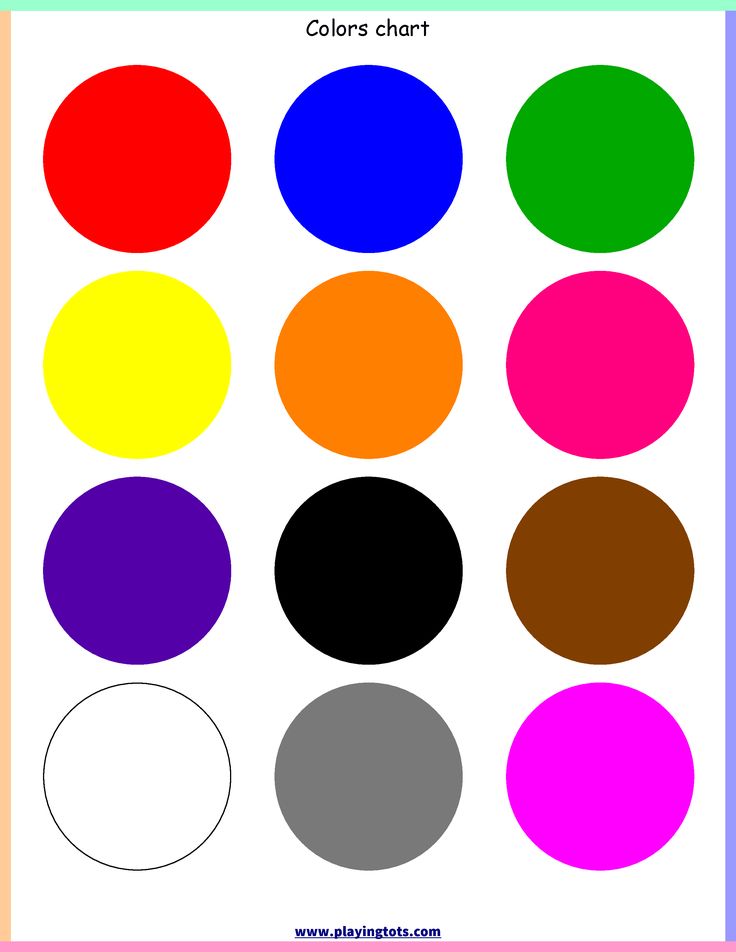 If the chicory flowers do not open in the morning, then it will rain.
If the chicory flowers do not open in the morning, then it will rain.
Cornflowers
Cornflower riddle:
Blue head and long stem.
Well, who doesn't know him! This is… (cornflower)
If you go to the field in summer, you will see a lot of cornflowers. Cornflowers have a very beautiful petal shape - with notches along the edges. And the head of the flower seems to lie on a green cone.
The blue sky fell on the meadow,
Everything around became blue-blue,
They bloomed in the meadow, by the blue river,
Like the blue sky, the flowers are cornflowers. (N. Masley)
Golden Sea -
spikelets ripen,
Walk among them
Grasses, weeds.
Regal, blue
among the ripe rye,
Bold and strong,
We stood along the boundary.
As if overturned
Turquoise from the sky,
How beautiful
blue eyes.
Blue berets -
deep looks -
Cornflowers - flowers,
our cornflowers. (T. Tarasova)
What boy's name does the name of this flower look like? Vasily - Vasya- Vasilek.
Buttercup
Buttercup - yellow, beautiful. And when there are a lot of buttercups, you get a real golden carpet of them!
Buttercup buttercups -
Yellow fireworks
Scattered across the fields,
Like parachutes.
Scattered through the gardens
And turn yellow here and there (A. Alferova).
Buttercup seems to be quite harmless. But in fact, is poisonous! Fierce! It's probably not called that for nothing! Fierce buttercup. Who is called fierce? A fierce hurricane, a fierce beast, a fierce robber. That's the character of a buttercup!
Why is buttercup fierce? It has poison juice. And if this buttercup juice gets on the skin of a person, then this place will burn and pinch.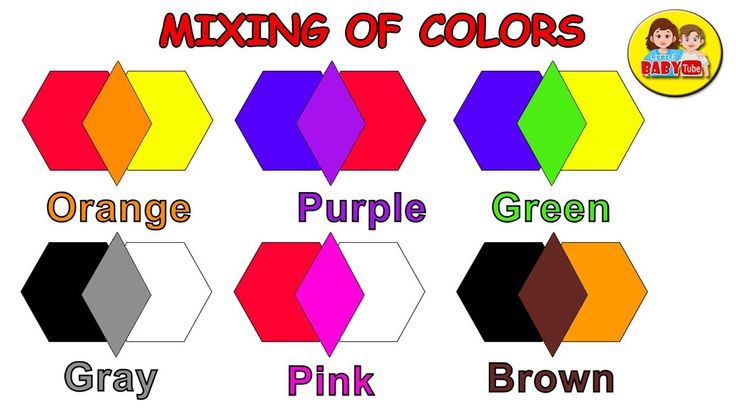 In the old days, they even treated with a buttercup - they will smear the back, and this place begins to pinch terribly like from a mustard plaster. So they called him fierce.
In the old days, they even treated with a buttercup - they will smear the back, and this place begins to pinch terribly like from a mustard plaster. So they called him fierce.
And scientists call the buttercup very funny - "ranunculus", i.e. frog . Why is it called that? Probably because buttercup grows in damp places, which frogs love very much. Or maybe not. Do you know why?
Buttercups have another name - also very interesting. They are called "night blindness". Why? Because buttercups, like chickens, go to bed early!
Yellow buttercups are very beautiful!
Thistle
Oh, what a terrible thistle! All in thorns, thorns, needles! As if saying: "Don't come near!".
But thistle - is also a weather forecaster. How does he predict it if he has thorns? It's very simple - if the thorns are very hard and stick out in different directions, then the weather will be good.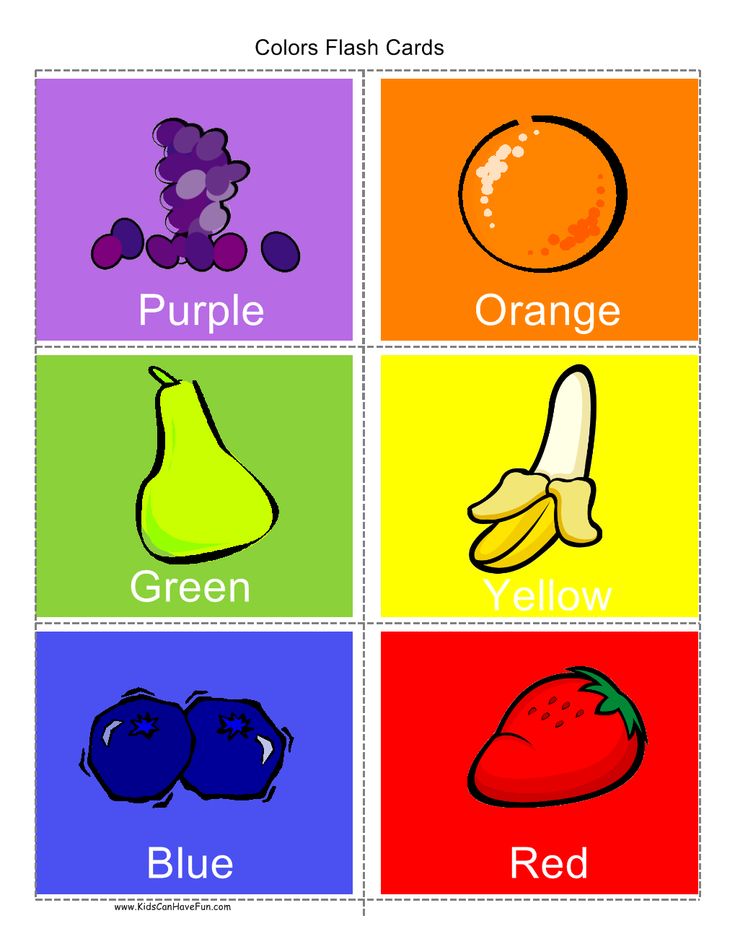 And if its needles stick up, then it will rain. You can check J.
And if its needles stick up, then it will rain. You can check J.
Burdock (burdock)
Burdock is a sticky plant. As soon as you pass by him, his baskets with fruits have already stuck to his clothes. They even say this: “I stuck like a burdock”, if a person is very tired. Have burdock baskets stuck to you?
But "stickiness" is very good for burdock. Clinging to people's clothes, his baskets travel to different places right at us as passengers. We get transport for him! Therefore, burdock grows everywhere - that people and animals carry it everywhere on themselves!
The burdock has hooks-thorns, very small, tiny, which give it the ability to cling. And now, following the model of burdock, people have come up with a fastener - Velcro. Show this fastener to your child and look at the two parts of the Velcro. One of them has hooks like a burdock. And it clings to any fleecy surface.
Plantain
Plantain is a traveler's friend. How do you think he helps him? If you pick plantain leaves, wash them and put them on the wound, they will help the wound heal faster. Here is a doctor - a plantain.
How do you think he helps him? If you pick plantain leaves, wash them and put them on the wound, they will help the wound heal faster. Here is a doctor - a plantain.
Grows in the field along paths
Miraculous doctor - plantain.
I'll tell you a secret now -
He's on duty here for a reason!
If you cut your finger, it will help.
It will heal a scratch too.
If you knock your knee down, it doesn't matter!
The green doctor is always here! (N. Tomilina)
And for what it was called so - plantain. Wayfarer. On the way to. For the fact that it grows along the roads. And it's very easy to find it!
Not only plantain helps travelers and heals their wounds. Travelers help him too. How? Carry psyllium seeds. Of course, not in a bag like in a seed store. They carry seeds on the soles of their shoes. The seeds of psyllium are very small, stick easily and travel on shoes. And as soon as they fall to the ground, a new plantain grows here.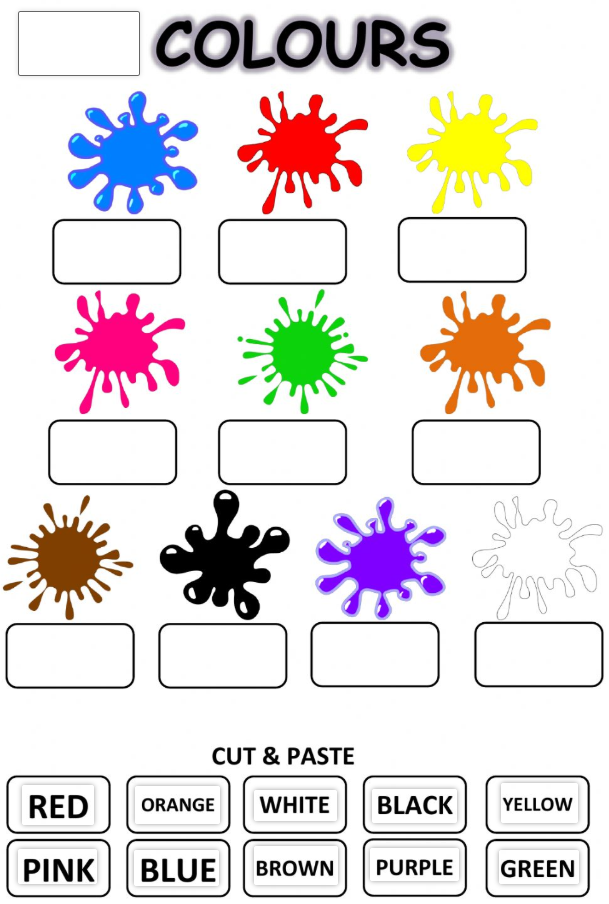
And the plantain is not afraid of us when we walk on it - its leaves are elastic, tightly pressed to the ground, it is not afraid of trampling like other delicate flowers. But if his leaves were not pressed to the ground, but were raised above it, then he would be afraid of us! After all, the leaves raised above the ground are very easy to break and trample.
Carnation
Show your child a garden carnation at a flower shop or flower shop. And this is a carnation from the forest. How is it different? Yes, it's smaller! But also very pretty! It was from this small forest carnation that her garden sisters, relatives, originated. People have come up with and created many different beautiful varieties of garden carnations. But they all came from the forest carnation.
Clover
Clover - odorous porridge. That's what they call him. For whom is this porridge - porridge? For cows and sheep who love to eat clover.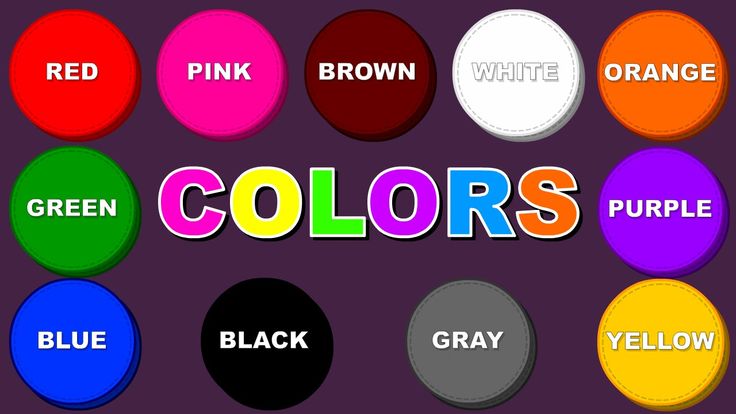 Bumblebees also love clover.
Bumblebees also love clover.
In the field outside the village,
Among fragrant porridge,
Clover blooms -
Chamomile's best friend.
Red lumps,
Like cat paws.
Flower balls,
The smell of the field is sweet.
Clover, of course,
Knows young and old—
Hay for the cow.
Nectar for bees.
So that the cow has,
Milk by the river,
She needs for food,
Field clover.
Let the bees circle,
Above the clover flower.
We'll be with you later,
Let's drink tea with honey! (Z. Trubitsyna)
Yarrow
Yarrow has an interesting name. A thousand is a leaf. It turns out that he has a thousand leaves? Why is he so called? Listen to the poem:
I don't play, I don't dream,
I'm sitting and counting the leaves...
And not a thousand here at all,
But only three hundred and eight.
Someone was wrong for a long time:
Petals not counted,
Without a special vocation
Gave the wrong name.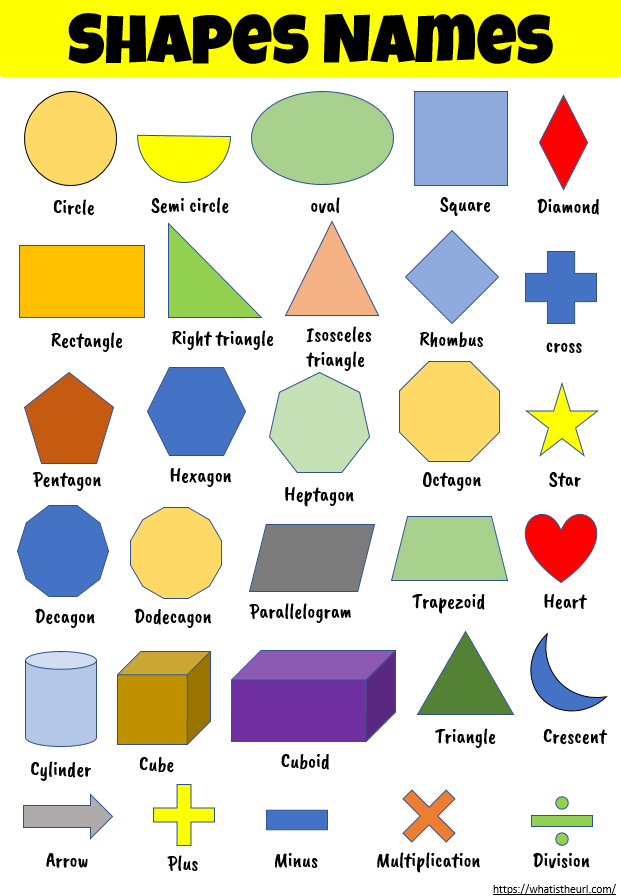
They didn’t count, but in vain:
Why am I terrible,
I’m an excellent student in botany,
Why yarrow ???
Yarrow has not a thousand leaves, but much less - even a little. But each leaf is dissected into many parts - as if into a thousand small leaves. That's why they named him that.
Yarrow is a hero. He is not afraid of rain, cold or heat. And it grows very quickly - not by the day, but by the hour!
Protecting meadow and wild flowers!
Explain to your child how important it is to protect meadow and wild flowers and not pick them in vain. If they are plucked, they will quickly wither, and they will not bring joy anyway. And on the field or in the meadow, these flowers will please everyone for a long time, and next year new flowers will grow in the same place. From the fact that people pick flowers, many types of flowers began to disappear.
The rarest flowers are listed in a special Red Book.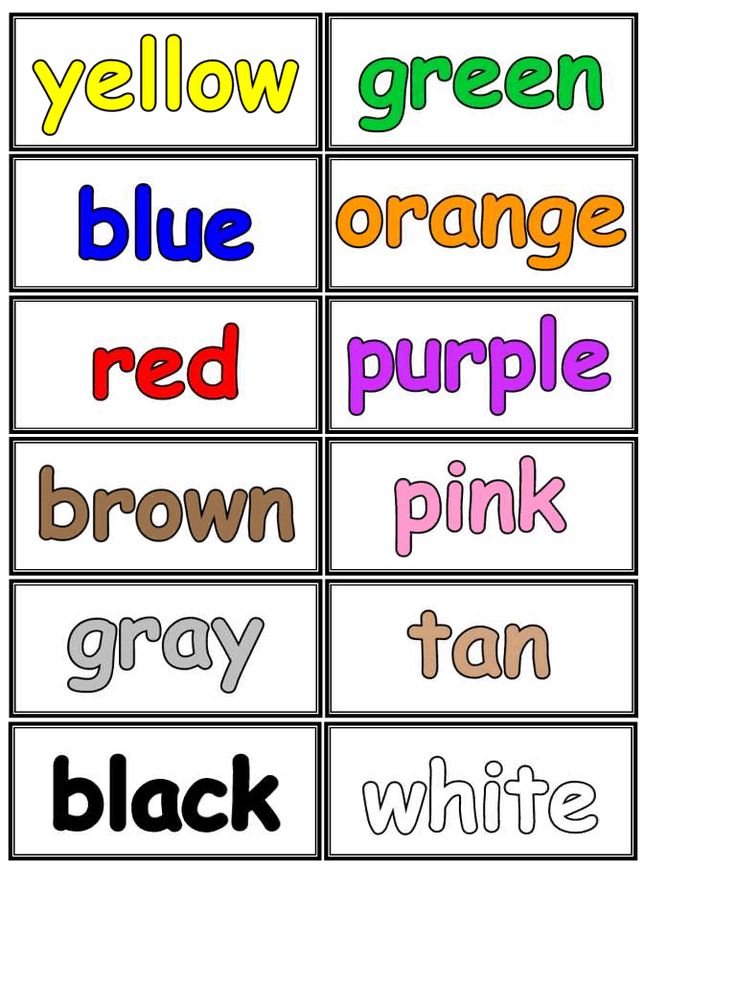 And they were forbidden to tear and collect.
And they were forbidden to tear and collect.
Before, when people went to collect medicinal herbs, they took only those herbs that they needed and asked for the Earth:
“Mother, native land,
I know: you are generous.
Let the grass be carried home,
Find health.”
Flowers also suffer from trampling. Therefore, it is better to walk in the forest along the paths or near them.
Let's protect the beauty of nature together!
Logical tasks for children 5 years and older on the topic "Flowers and herbs"
Logical task 1. Golden meadow
And now I will guess one riddle. That's what happened one summer with the kids. Listen to the story and guess why this happened? This logical task is available to children from 5-6 years old and older. In order for the child to solve it, it is necessary that he observe the plants in nature and see how they either open or close their petals.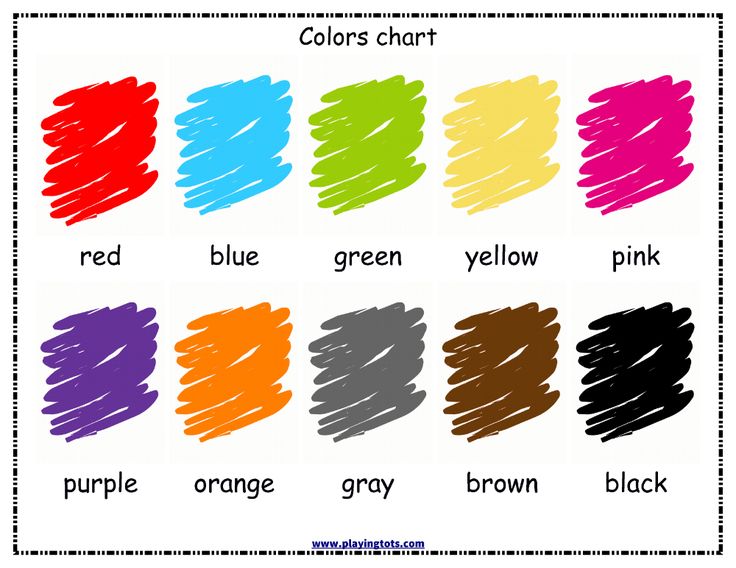
We lived in a village, in front of the window we had a meadow, all golden with many blooming dandelions. It was very beautiful. Everyone said: “Very beautiful! Golden Meadow. One day I got up early to fish and noticed that the meadow was not golden, but green. When I returned home around noon, the meadow was again all golden. I began to observe. By evening the meadow turned green again.
Ask the child what happened to the meadow? Why did he turn green? Listen to his reasoning. And then read the boy's answer from M. Prishvin's story "Golden Meadow":
Then I went and found a dandelion, and it turned out that it squeezed its petals, as if it were all the same if your fingers were yellow on the side of your palm and, clenched into a fist, we would close the yellow one. In the morning, when the sun rose, I saw how dandelions open their palms and from this the meadow becomes golden again. Since then, the dandelion has become one of the most interesting flowers for us, because dandelions went to bed with us children and got up with us.

Logic problem 2. Amazing droplets. Author – N. F. Vinogradova
“At the dacha, the children got up early and immediately ran to the area where beautiful flowers and grass grew. On each leaf and flower, the guys saw large silvery, transparent, like beads, droplets of water. They shone and shimmered in the sun. "What it is?" the guys were surprised.
Do you know what it is? What are these water droplets called? Will they be on the grass and flowers all day long? What time of day can you see them?
Listen to the children's answers and tell them about dew. Show dew drops in the morning. It is believed that dew is for excellent weather. Check out this sign. Dew appears when the night is warm and the day promises to be hot. It appears because the air has become colder in the morning. The water vapor that is in the air also cooled and turned into drops of water - dew.
Logical task 3.
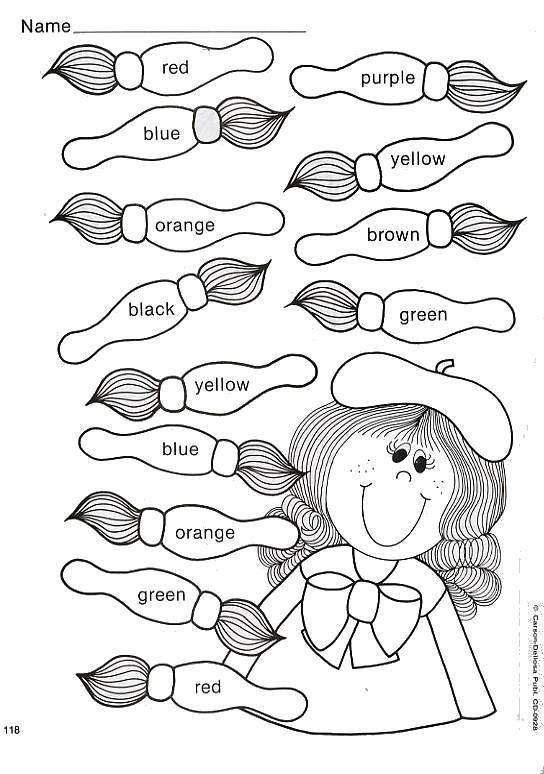 Diamonds. (According to the story "What kind of dew is on the grass." Author - Tolstoy Lev Nikolayevich
Diamonds. (According to the story "What kind of dew is on the grass." Author - Tolstoy Lev Nikolayevich Ask the child if he knows what diamonds are? What are they? Read the beginning of the story to the child:
in the forest, then in the fields, in the grass, diamonds are visible. All these diamonds shine and shimmer in the sun in different colors—yellow, and red, and blue.
When you come closer and see what it is, you will see ... "0007
Pause here in the story and ask the child what we will see - what are these diamonds? Let him discuss what diamonds can be found in the morning in the grass and in the flowers. And then read the story to the end.
“…you will see that these are drops of dew gathered in triangular leaves of grass and shining in the sun. The leaf of this grass inside is shaggy and fluffy, like velvet.
And the drops roll over the leaf and do not wet it.
When you inadvertently pick off a leaf with a dewdrop, the drop will roll down like a ball of light, and you will not see how it slips past the stem.
It used to be that you tear off such a cup, slowly bring it to your mouth and drink a dewdrop, and this dewdrop seems to be tastier than any drink.
Ask your child what is the difference between dewdrops and diamonds? And how are they different?
Read another story by L.N. Tolstoy for children “What kind of dew happens” in its entirety, admire the author’s beautiful language, expressive words from the story - how beautifully Lev Nikolayevich said about dew: “diamonds shimmer in the sun”, “drops roll on a leaf”. When you pay attention to expressive words in stories and fairy tales, then teach your child to listen to artistic speech, to be attentive to the native word, to notice figurative expressions in people's conversation and in works of art.
If you liked this trip to the country of our neighbors - plants, then I would be grateful if you tell your friends and colleagues about the article, and also share your impressions in the comments.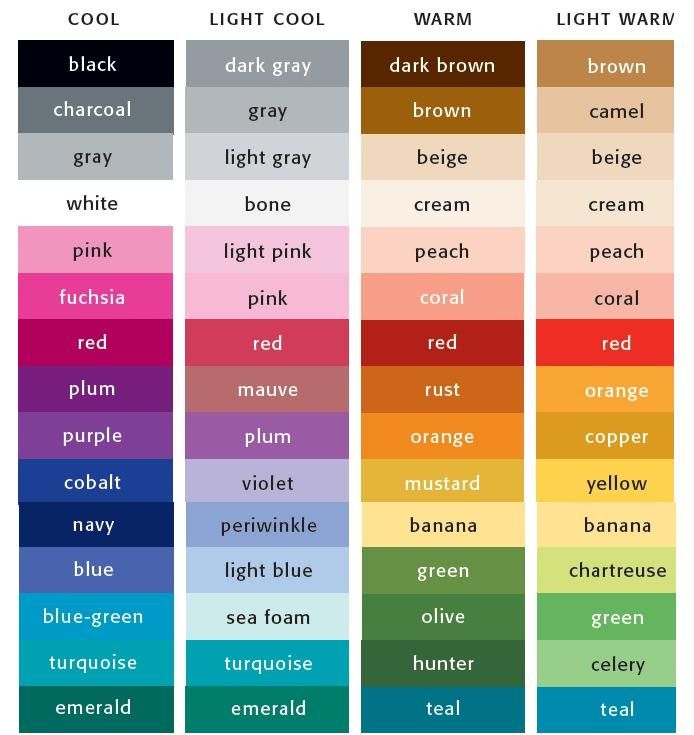 What surprised you the most in the world of plants? About what, in your opinion. still need to tell the kids? What is interesting for your children?
What surprised you the most in the world of plants? About what, in your opinion. still need to tell the kids? What is interesting for your children?
More interesting materials about summer can be found in articles on the Native Path:
Folk calendar for June: omens, calendar tales, folk games, round dances and fun for children.
How a shirt grew in the field: entertaining about the world around. Linen in stories in pictures, fairy tales, videos, poems and incantations for children.
Summer riddles: 100 riddles with answers about plants, animals, summer months, natural phenomena
Summer poems: 38 beautiful and sunny poems about summer for children and adults
Trees in pictures, fairy tales and tasks for children.
How does wind help plants? Where does wind come from?
See you soon in the rubric "The world around us"
Get NEW FREE AUDIO COURSE WITH GAME APP
"Speech development from 0 to 7 years: what is important to know and what to do.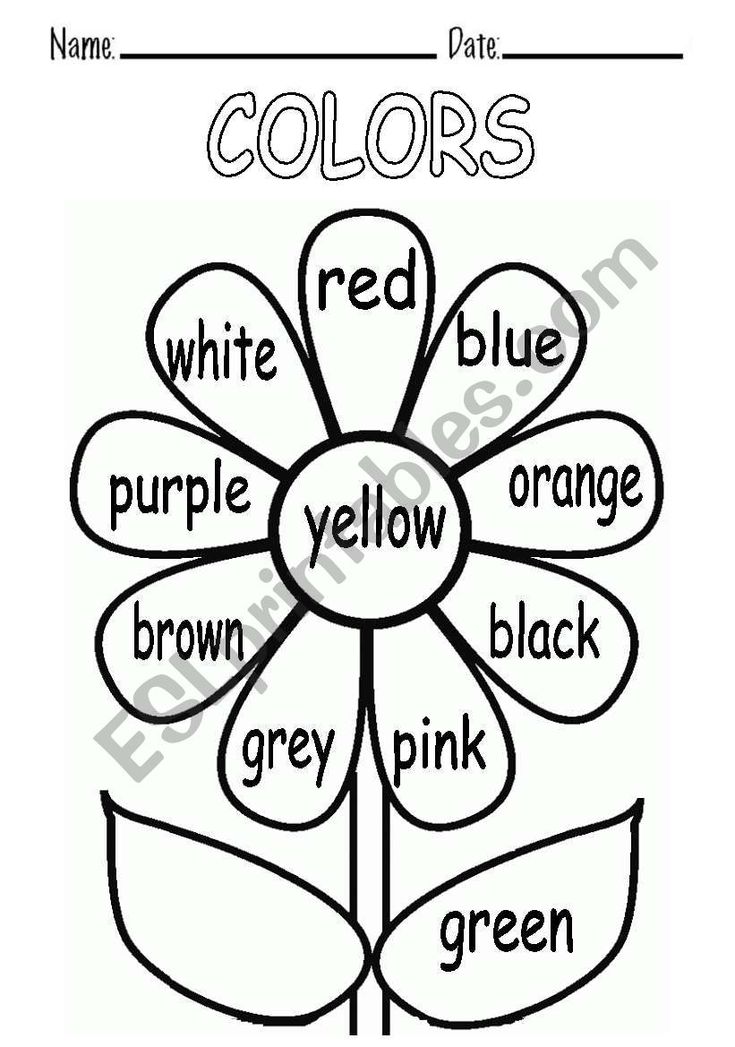 Cheat sheet for parents"
Cheat sheet for parents"
Click on the link below or on the free subscription004 cover03
Author of the course - Asya Valasina, Candidate of Pedagogical Sciences, author of the website "Native Path"
Color names alphabetically spelled
- Abelia
- Abutilon, indoor maple, rope
- Agave
- Agapanthus, African or Nile lily
- Ageratum
- Aglaonema, another article about Aglaonema
- Agrostemma, cockle
- Adenium, Desert Rose
- Adiantum - fern
- Adonis
- Adromishus
- Azalea, rhododendron
- Azarina climbing
- Azimina
- Azistasia
- Azorella
- Air, acorus
- Aihrizon
- Akalifa
- Aquilegia, columbine, eagle
- Aconite, wrestler, backache-grass
- Actinidia - Liana
- Alyssum, Burachek
- Allamanda
- Alocasia
- Aloe, agave
- Altea
- Albizia
- Alpinia
- Alsobia
- Alstroemeria
- Amaranth
- Amaryllis
- Amorpha
- Amorphophallus
- Amsonia
- Anemone, anemone
- Anigozanthos
- Antennaria, cat's foot
- Anthurium
- Pansies
- Aporocactus
- Aptenia
- Arabis
- Aralia
- Araucaria
- Arbutus, strawberry
- Argyroderma
- Ardisia
- Areca, betel
- Arizema
- Arktotis
- Armeria
- Aronik
- Asparagus, asparagus
- Aspidistra, friendly family
- Asplenium, kostenets - fern
- Astilba
- Astilboides
- Astra
- Annual aster, Callistefus
- Astrantia, starfish
- Astrophytum
- Aucuba, golden tree
- Aurinia, hiccup
- Aphelandra
- Ahimenes
- Acena
- Acidantera, fragrant gladiolus
- Aerides - orchid
- Crimson, round-leaved
- Rosemary, ledum
- Badan, Bergenia
- Basella
- Bacopa
- Balsam, touchy, impatiens
- Bamboo
- Barberry
- Periwinkle, vinca
- Velvet, phellodendron
- Marigolds, tagetes.
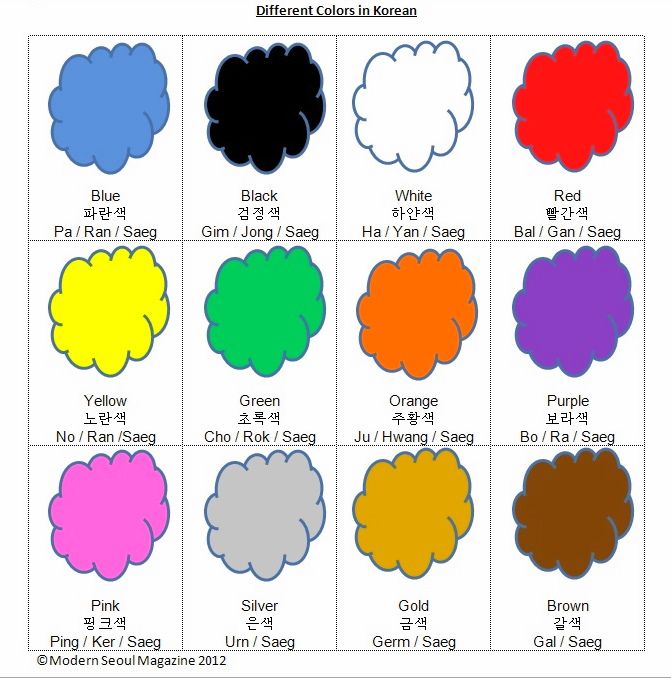 How to grow them
How to grow them - Begonia
- Colchicum, Colchicum
- Butterbur
- Beloperone
- White flower
- Euonymus
- Euonymus, pseudolaurel
- Bertholonia
- Immortelle
- Crazy cucumber, thorn fruit - liana
- Billbergia
- Privet
- Blechnum, derbyanka - fern
- Bobovnik
- Bovia
- Beaucarnea, nolina
- Borago, borage, borage
- Brandushka, Bulbocodium
- Brachycoma
- Brachychiton
- Brovallia
- Brunner, forget-me-not
- Brunfelsia
- Cowberry
- Bell, adenophora
- Bougainvillea
- Buddley
- Budra, Glehoma
- Buzulnik, ligularia
- Initial letter, Betonika
- Valerian
- Wallenstein
- Wanda - orchid
- Cornflower
- Basil
- Squid, asklepias, gusset
- Watch, shamrock
- Washingtonia
- Weigela
- loosestrife
- Verbena
- Heather
- Veronica
- Vesennik, erantis
- Vespers
- Grapes
- Vineyard, ampelopsis
- Cherry
- Volzhanka
- wolf, wolfberry, daphne
- Sparrow
- Voronets, Akteya
- Vriesia, Vriesia
- Elm - bonsai
- Elm, elm, birch bark
- Bindweed, convolvulus
- Gaillardia
- Hamamelis
- Gardenia
- Gasteria
- Gatzania
- Carnation
- Heuchera
- Helenium
- Heliconia
- Heliotrope
- Helipterum
- Gemanthus
- Geogenanthus
- Dahlia
- Geranium
- Gerbera, "Transvaal daisy"
- Heteropanax
- Hyacinth
- Gimenokallis, Pankrazium
- Gymnocalycium - cactus
- Ginkgo
- Ginura
- Hypocyrta
- Hypoestes
- Hippeastrum
- Gypsophila
- Gladiolus
- Gloriosa
- Godetia
- Holokuchnik, hymnocarpium - fern
- Blueberry
- Gomphrena
- Highlander
- Gentian, Gentiana
- Hydrangea, hydrangea
- Goryanka
- Gravity
- Pomegranate
- Grevillea, silk oak
- Pear
- Lipstick, mimulus
- Guzmania, Guzmania
- Goose onion, gagea
- Davallia - fern
- Parthenocissus - liana
- Elecampane
- Action
- Delphinium, spur
- Dendrobium - orchid
- Loosestrife
- Derain, pork, cornus, dogwood
- Jeffersonia
- Dizigoteka
- Dixonia - fern
- Dimorfoteka
- Diplosion, Mandevilla
- Dieffenbachia
- Dicentra, "heartbreak"
- Doritenopsis - Orchid
- Doronicum
- Dracaena
- Drimiopsis
- Gorse
- Dryakvennik, dodecatheon
- Datura
- Oregano, origanum
- Blackberry
- Spruce
- Jasmine
- tenacious
- Honeysuckle
- Zhiryanka
- Haretail, lagurus
- Zamiokulkas
- Zamia
- Zantedechia, Calla
- St.

Learn more

